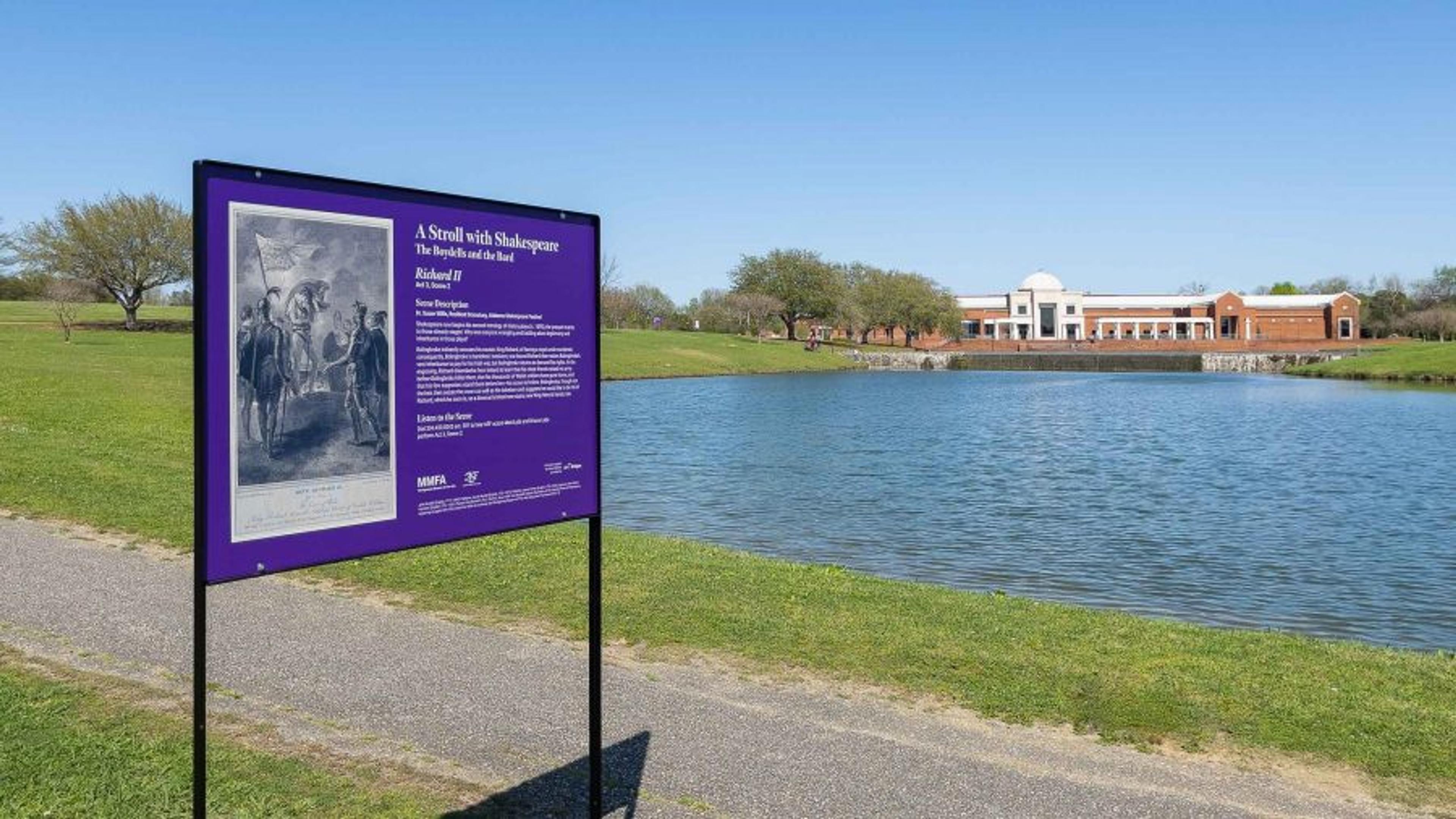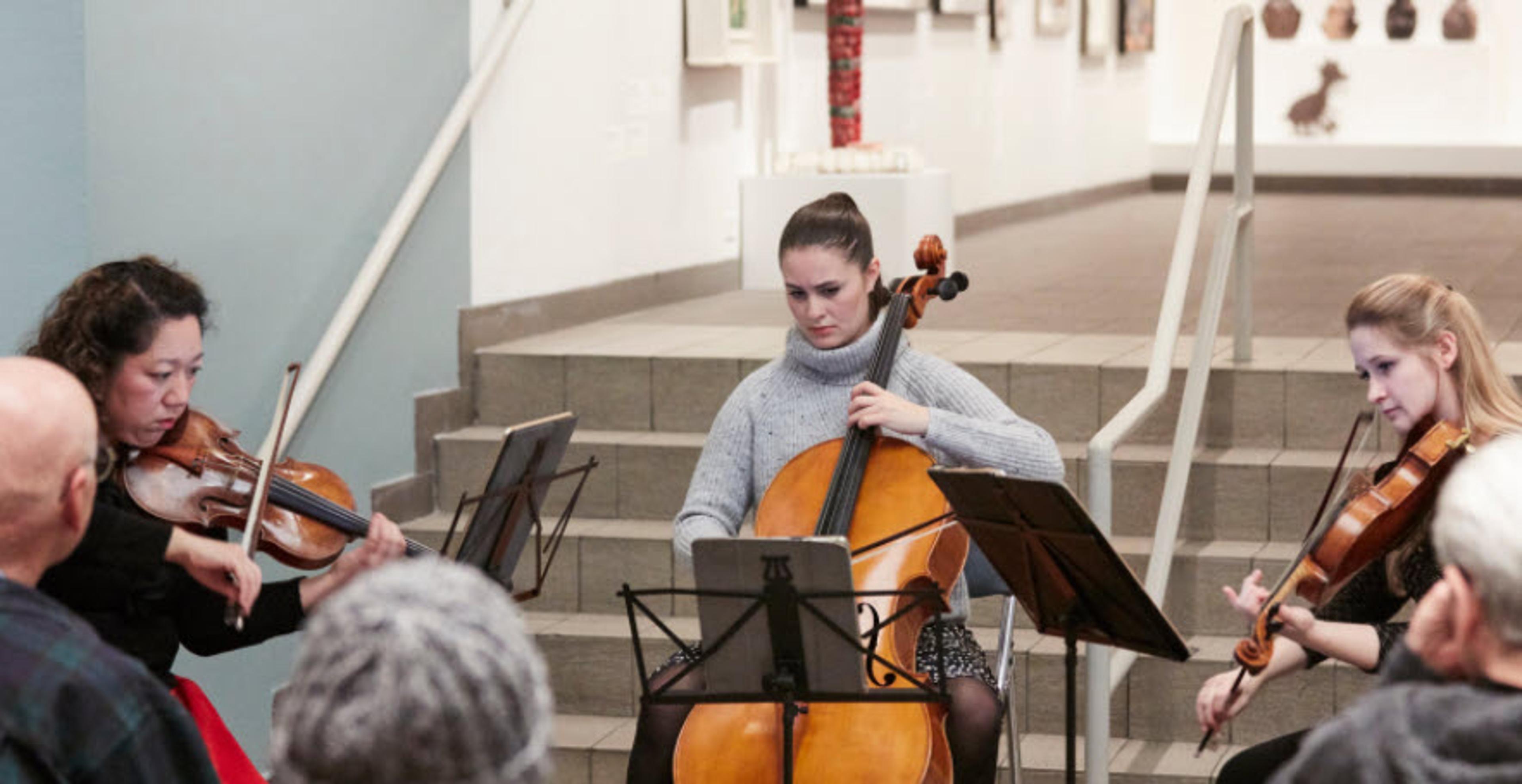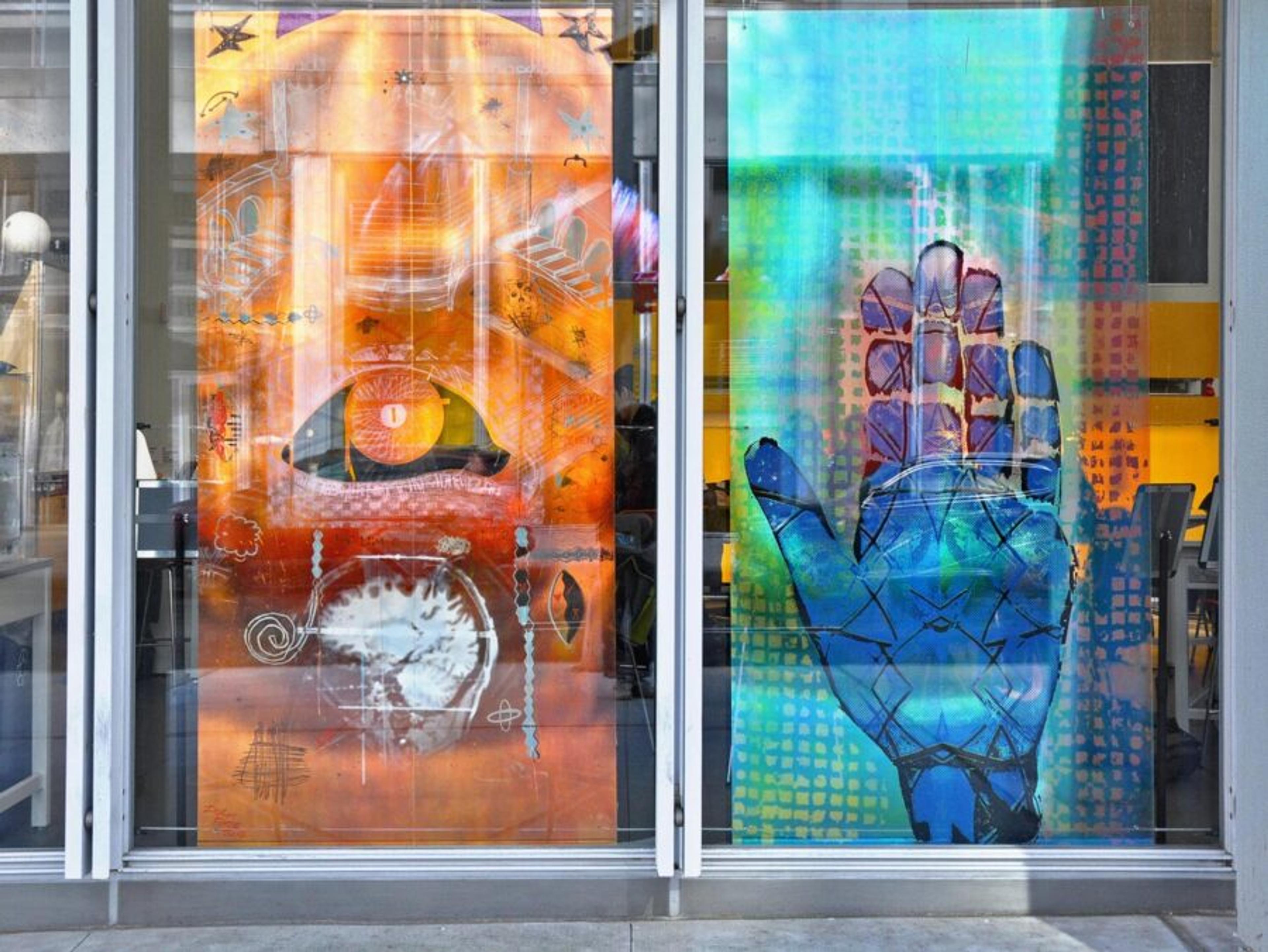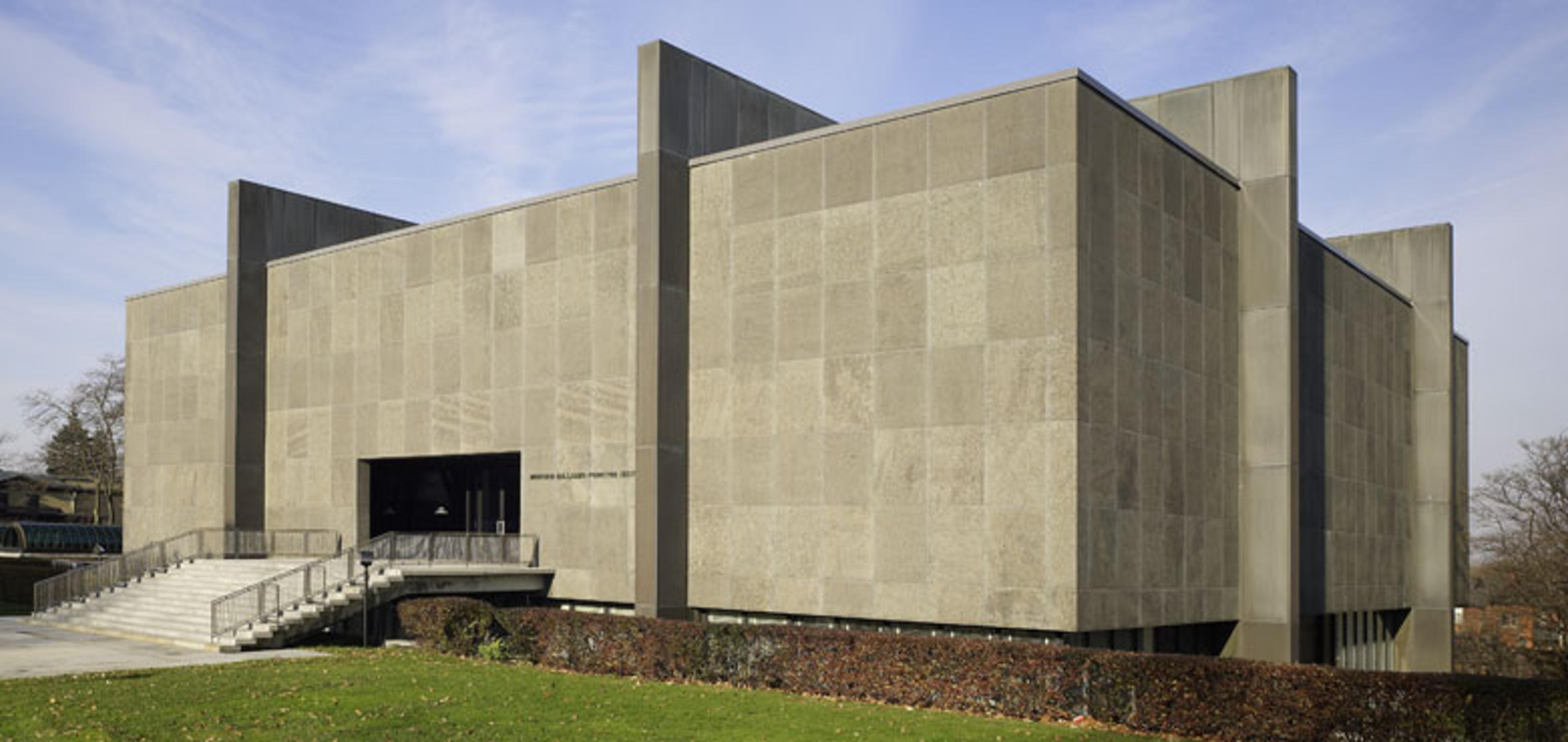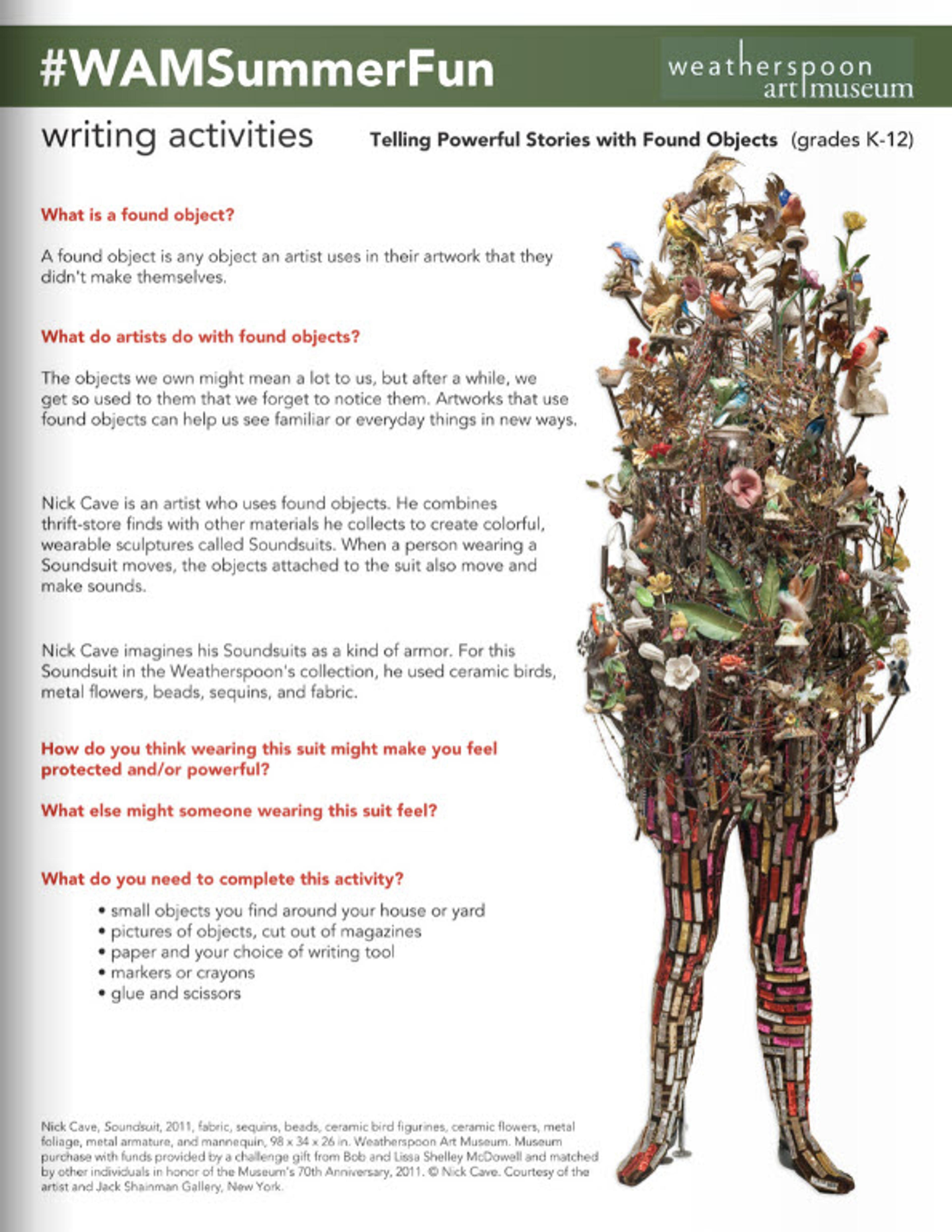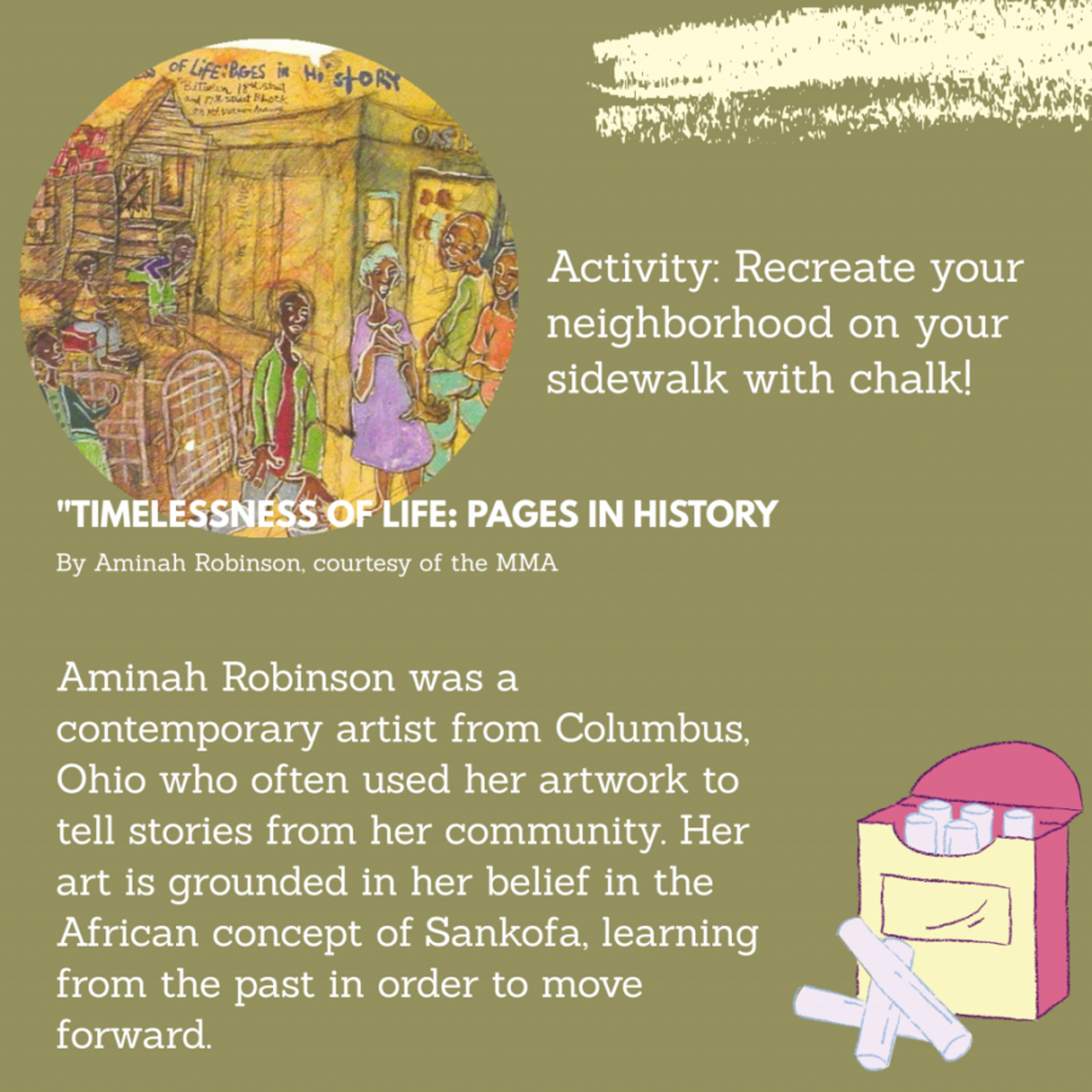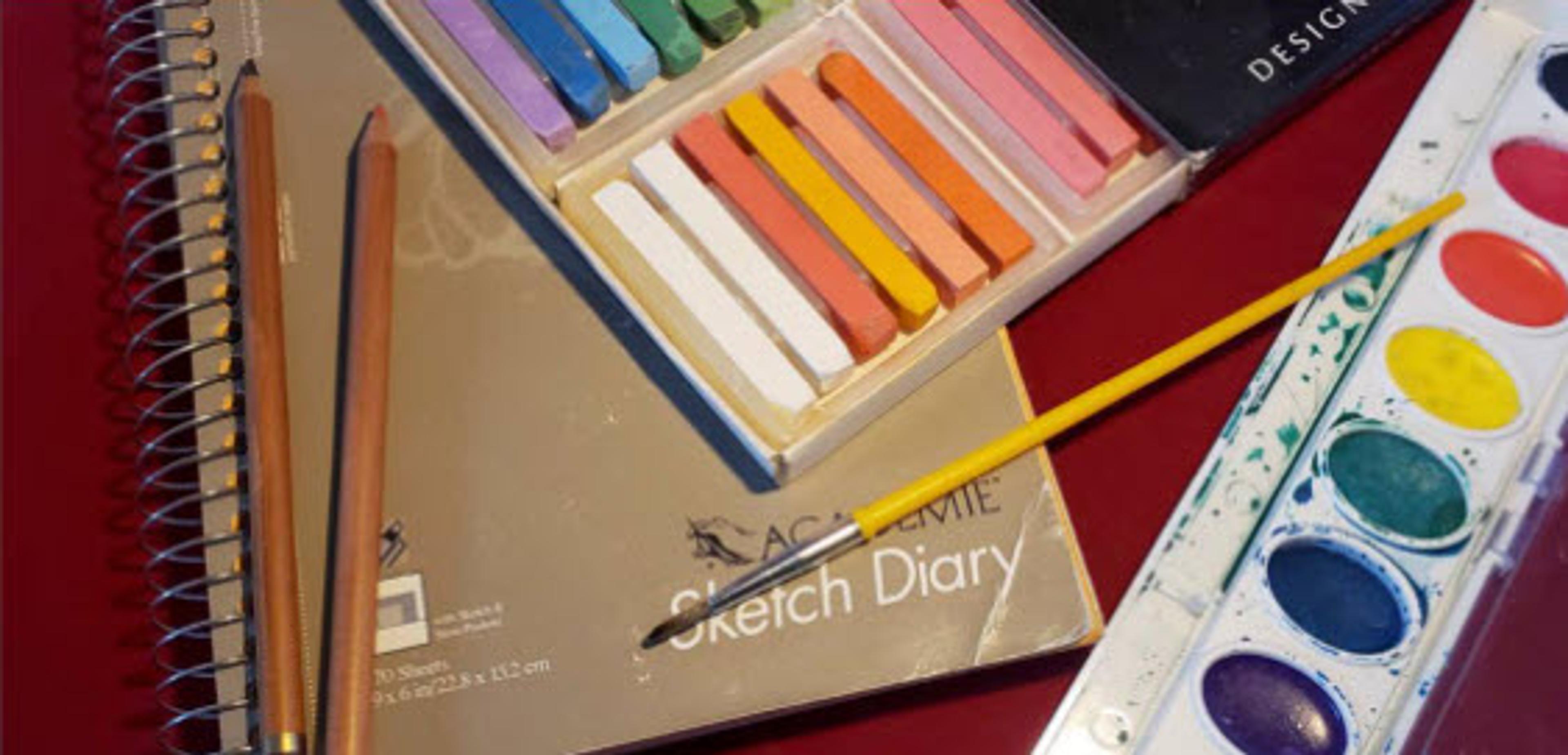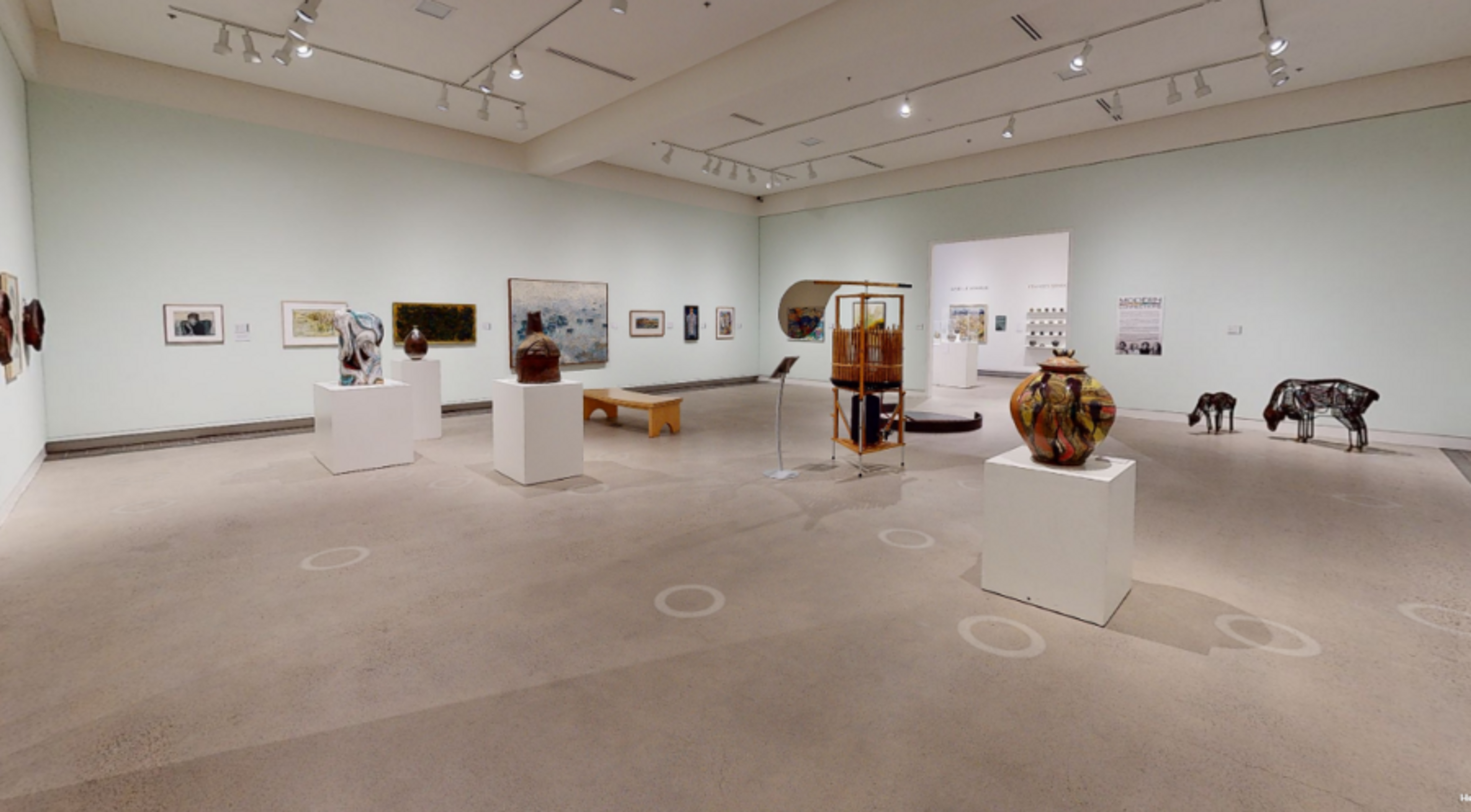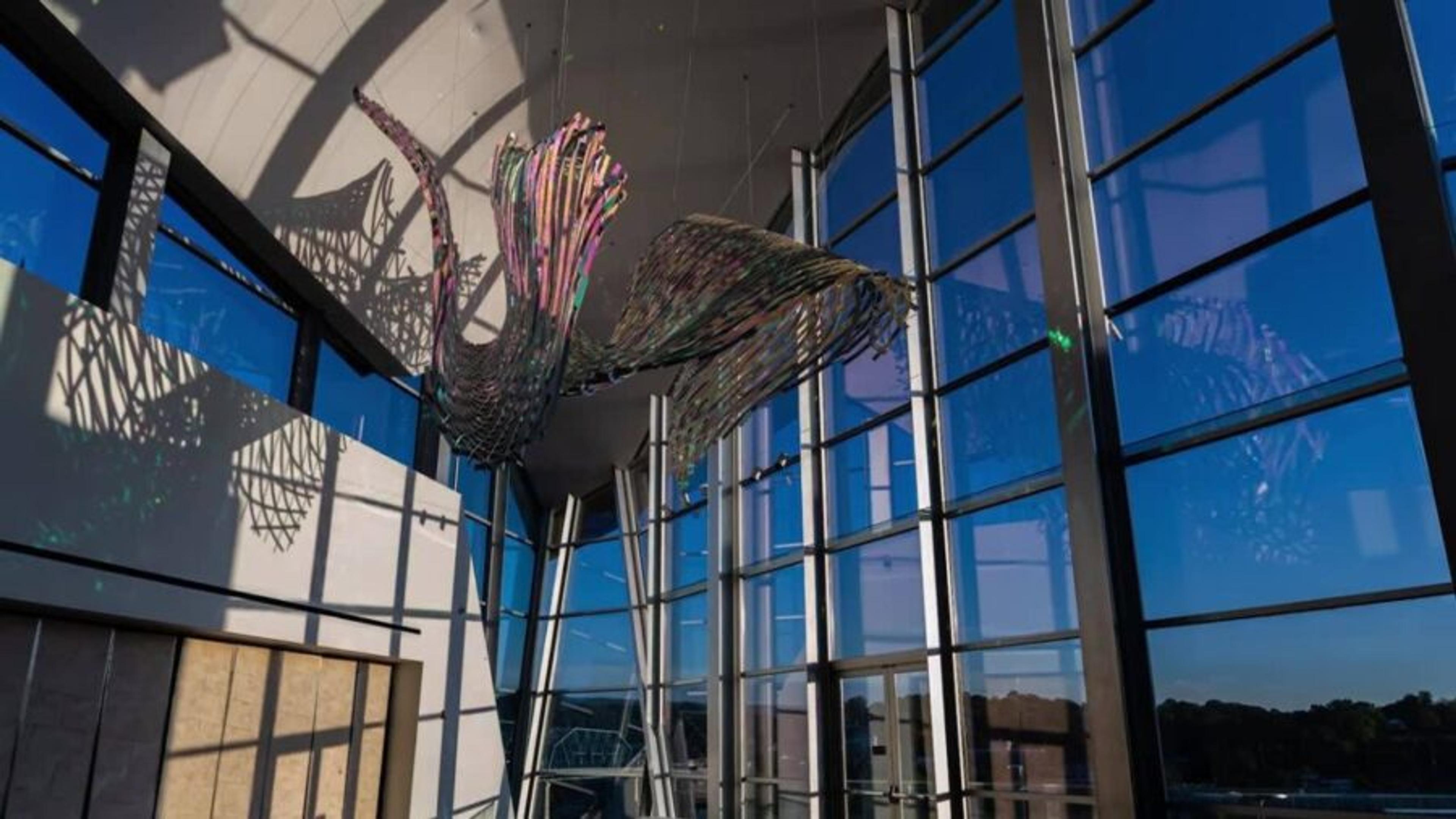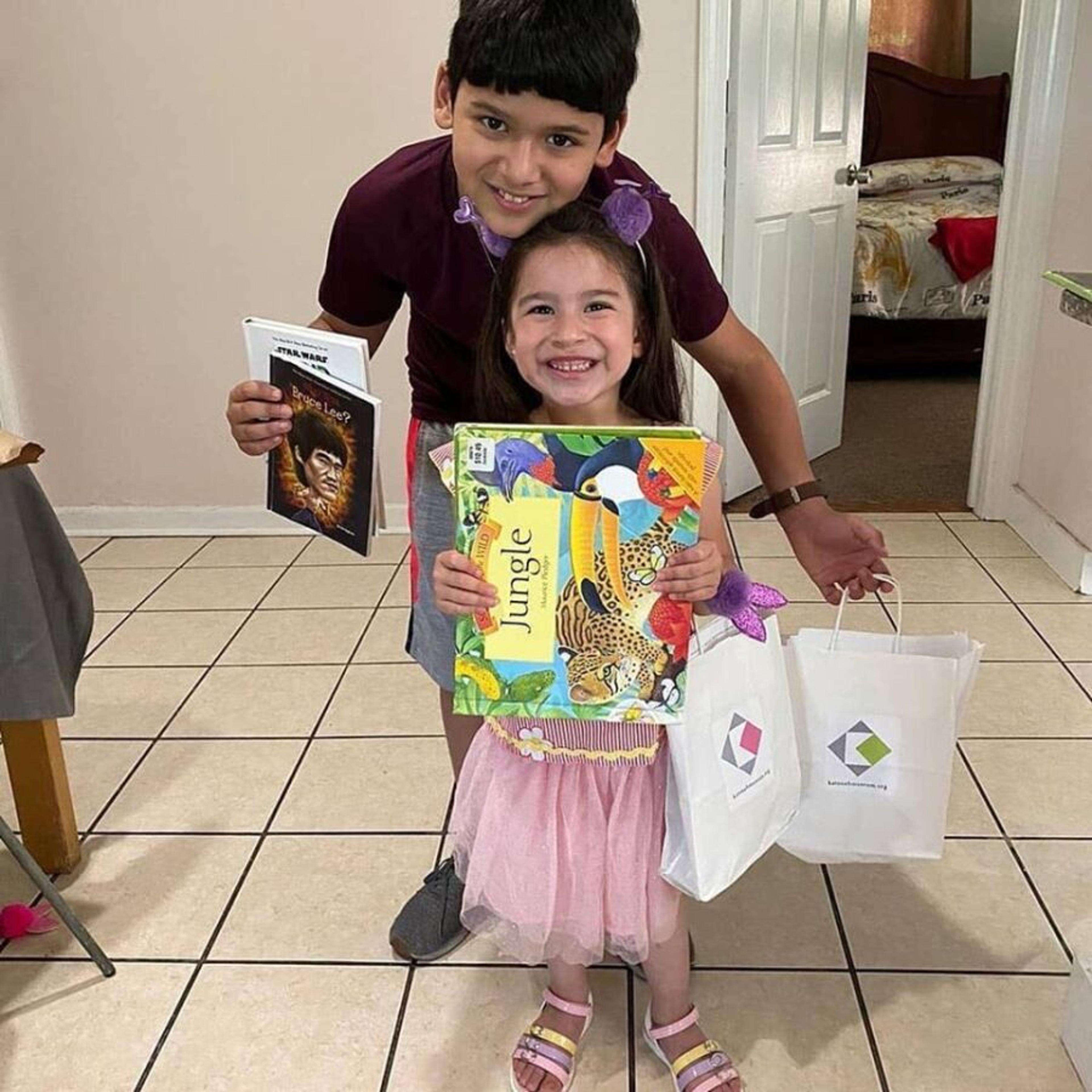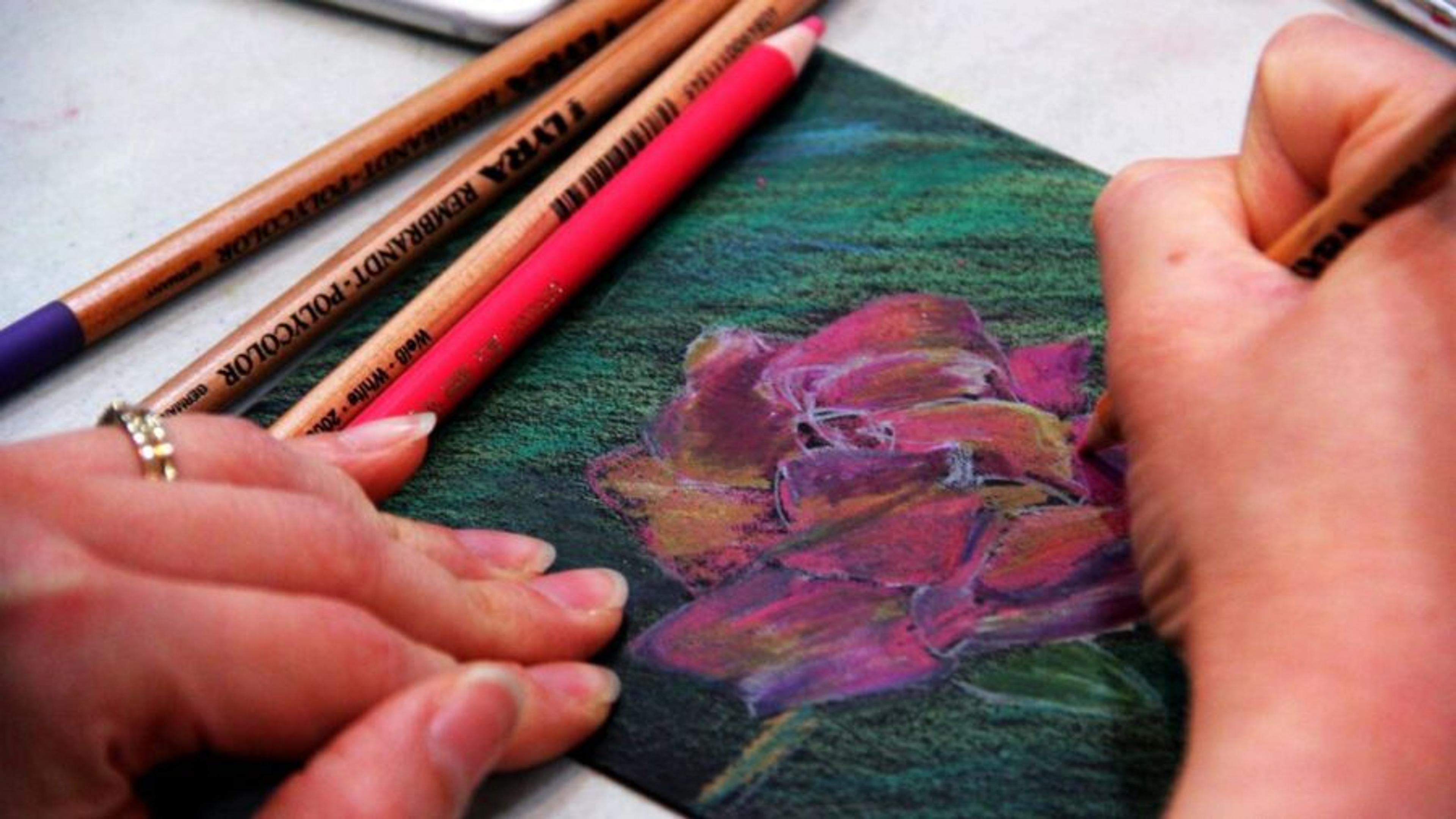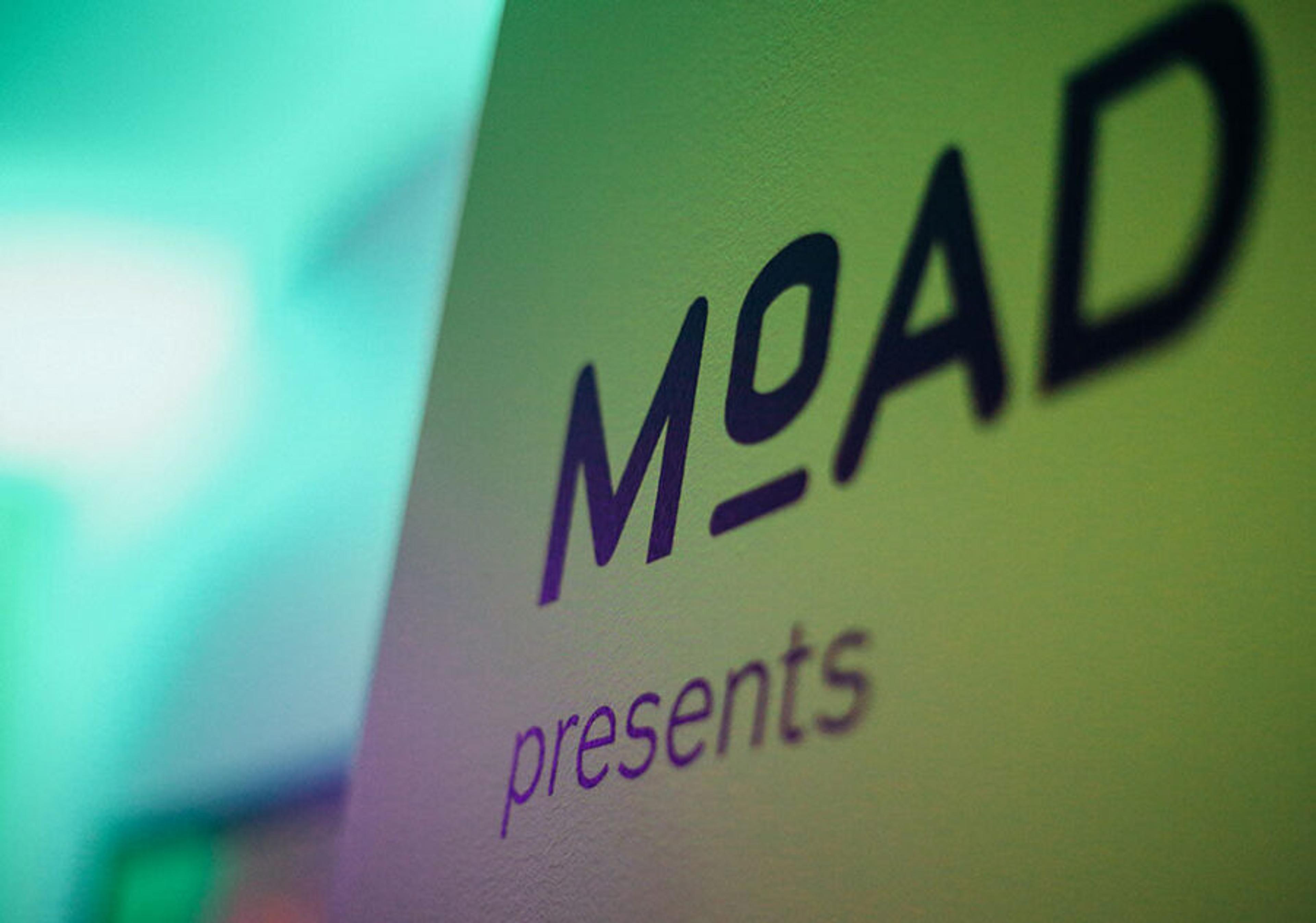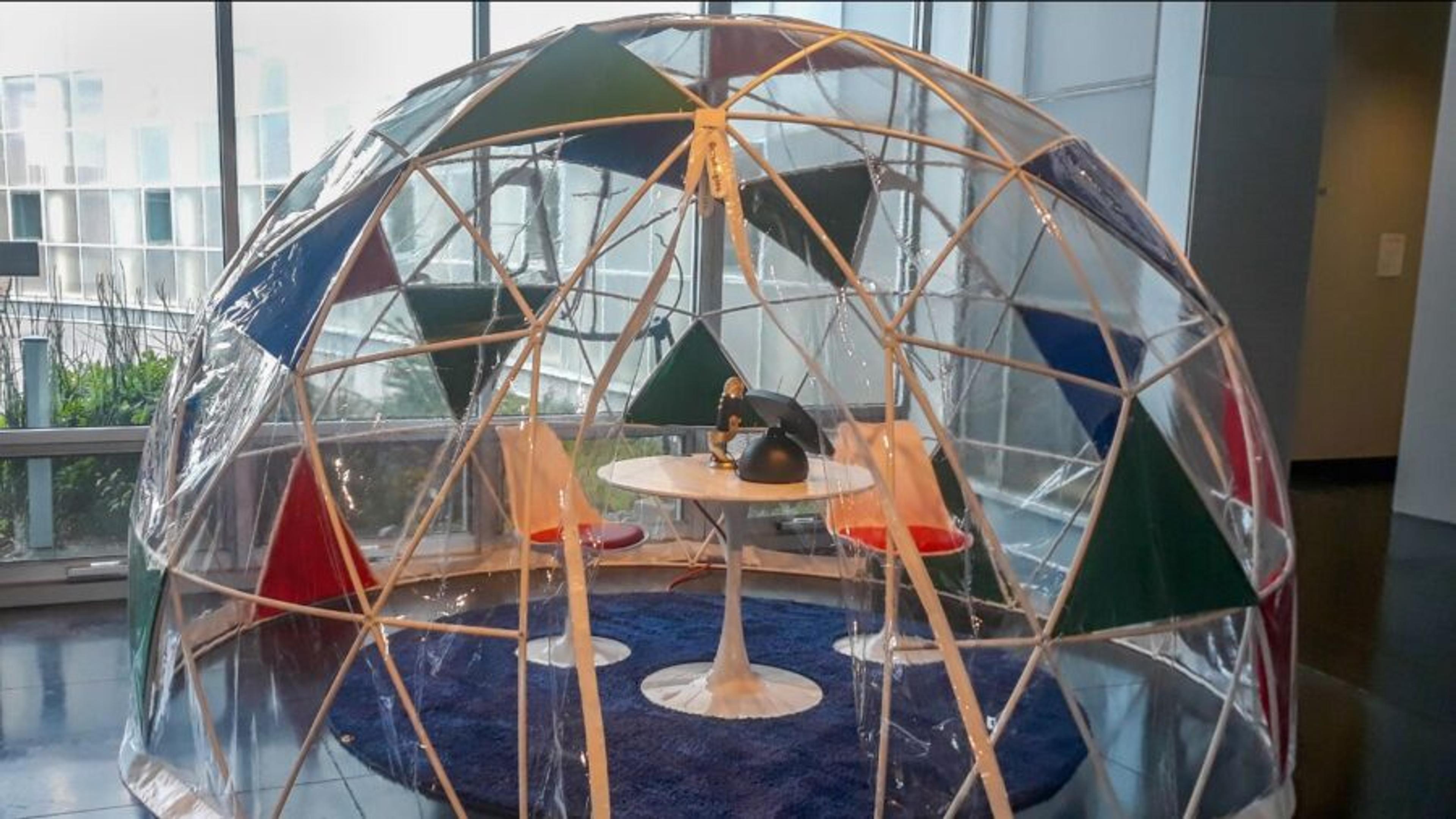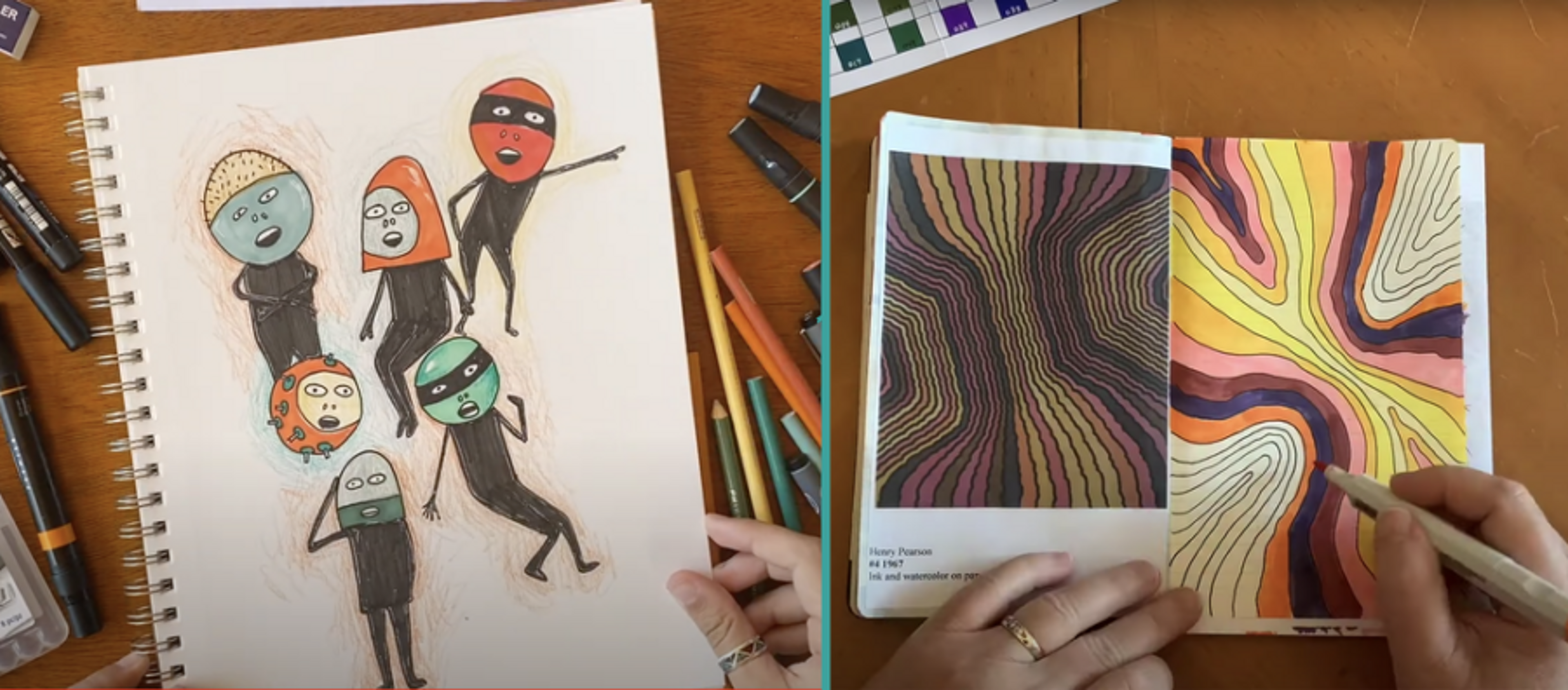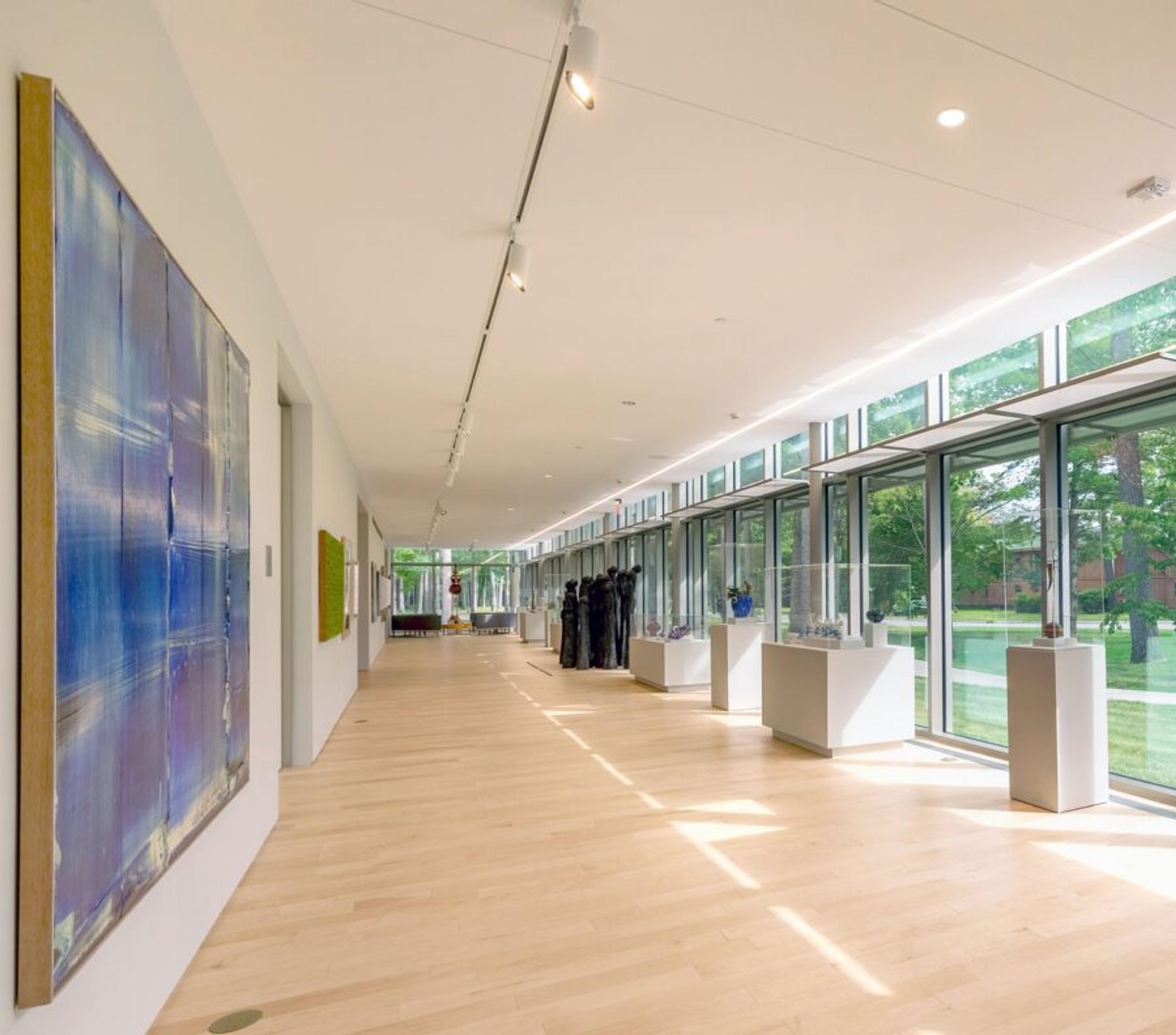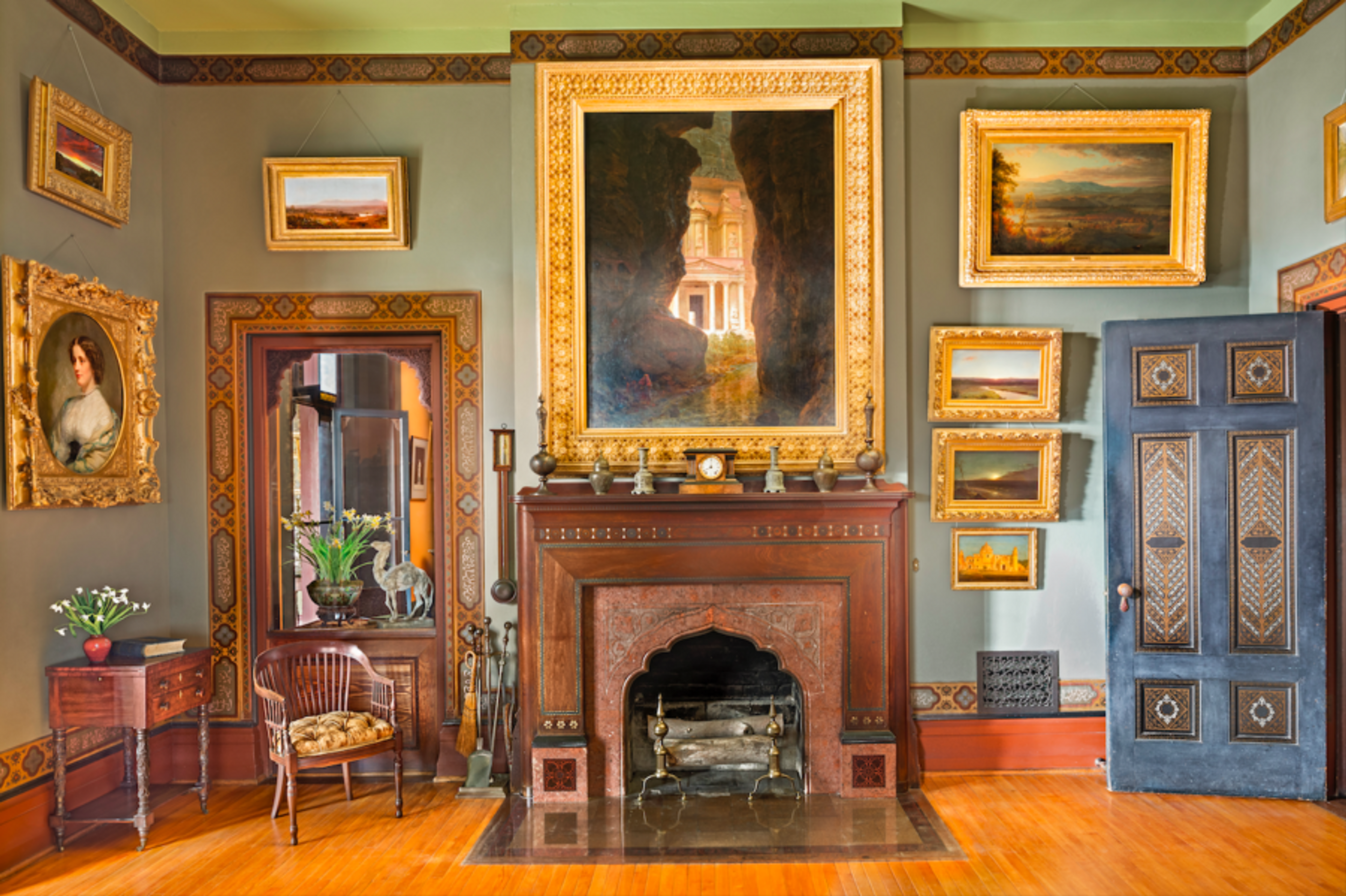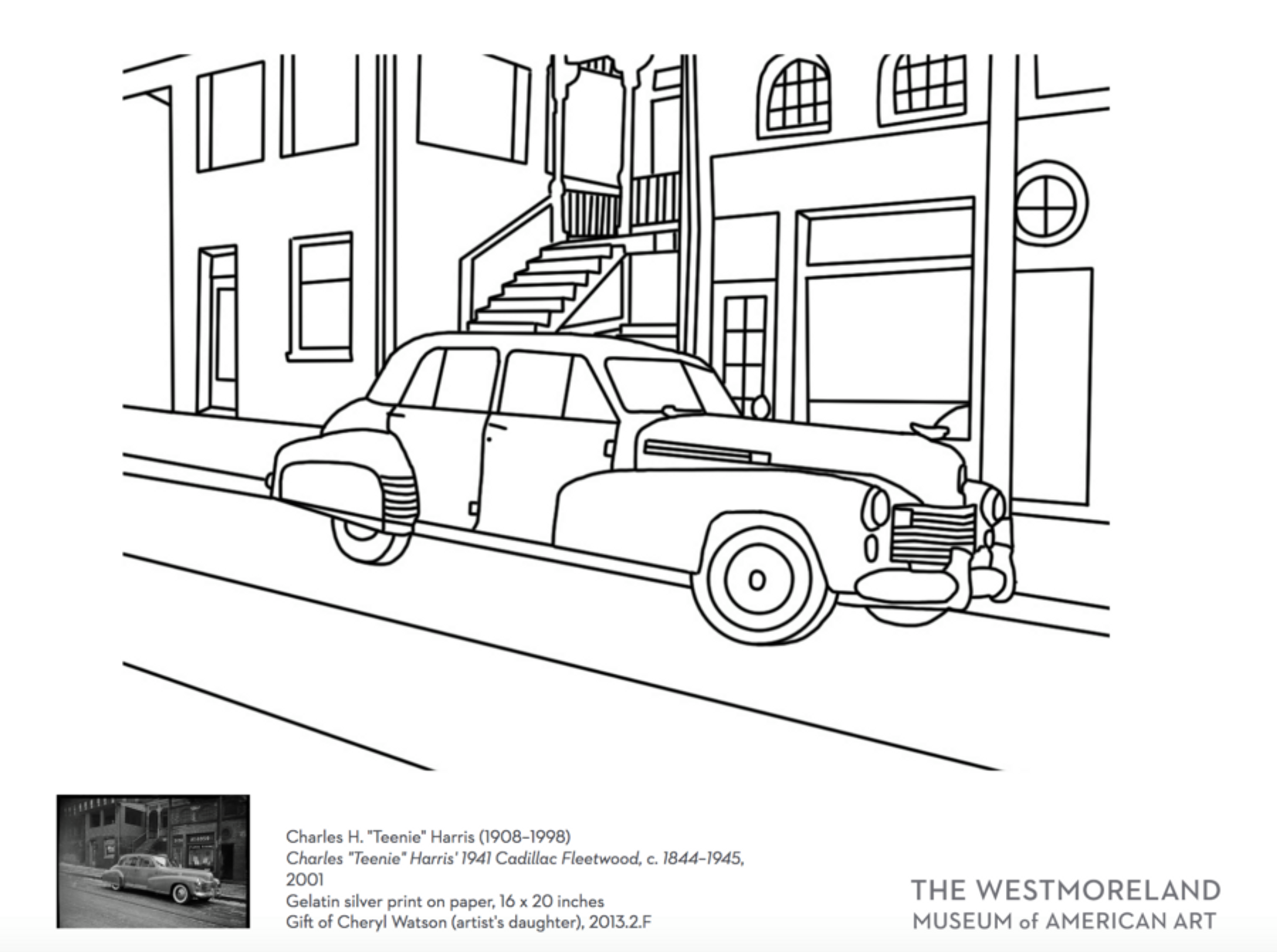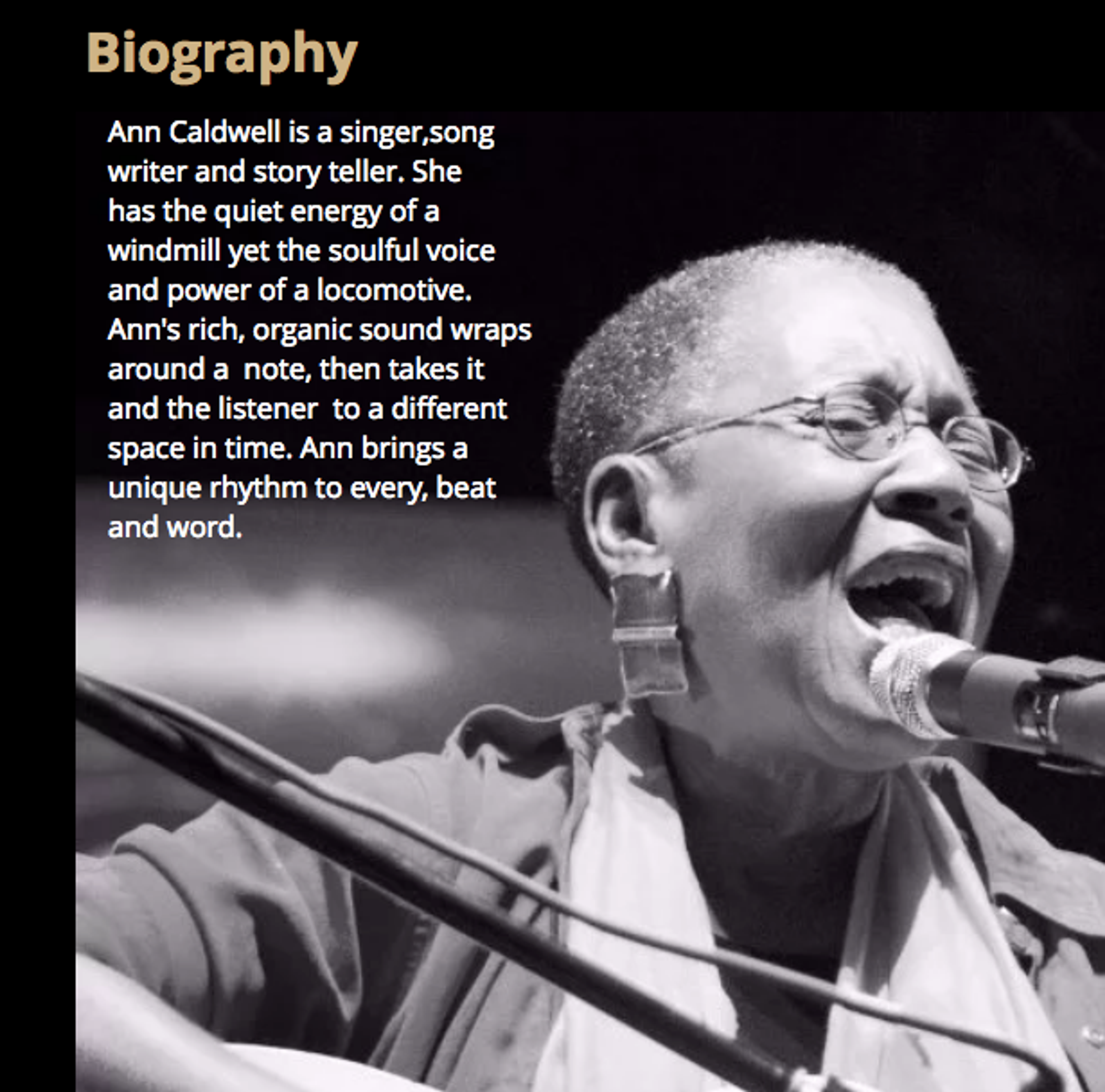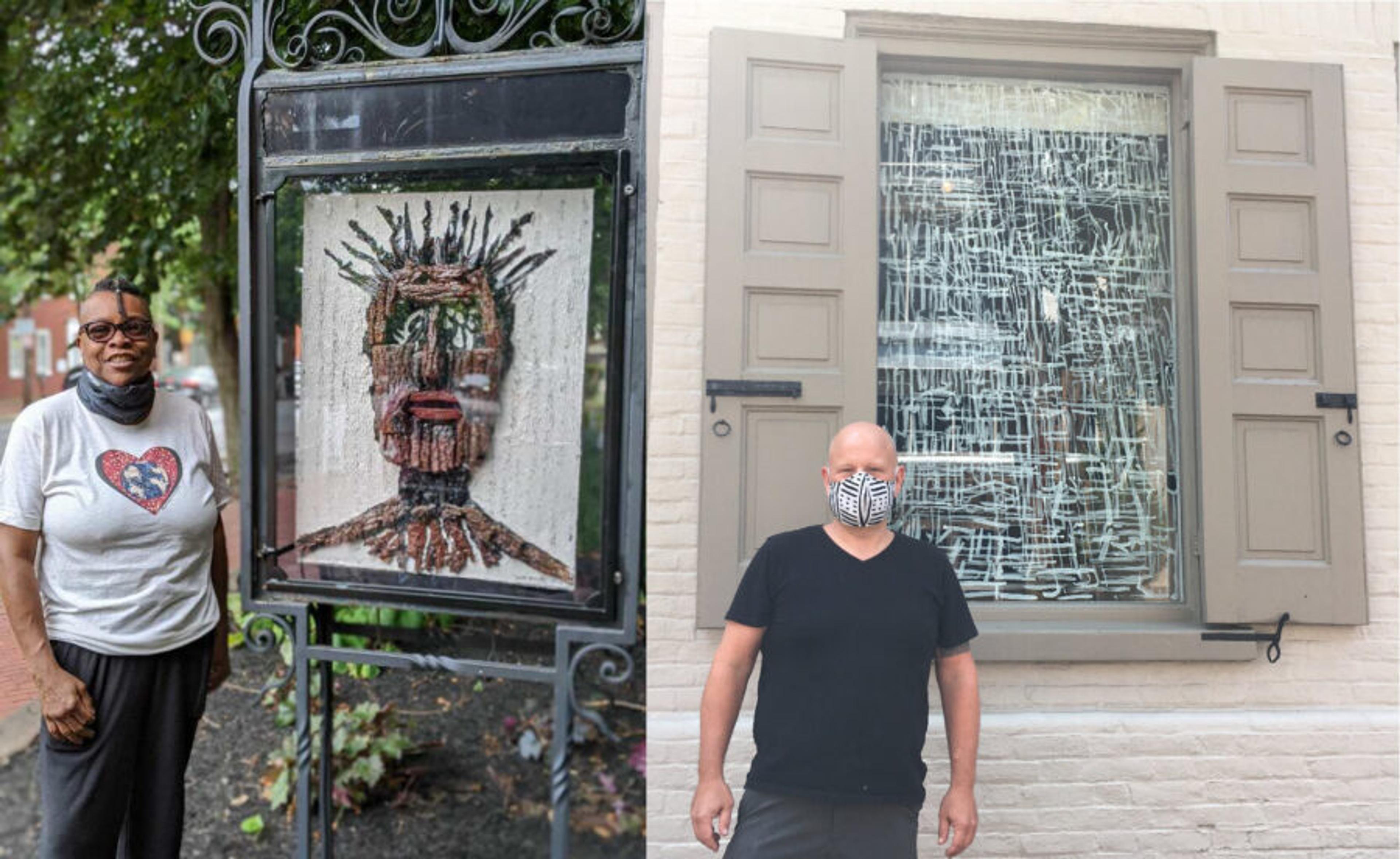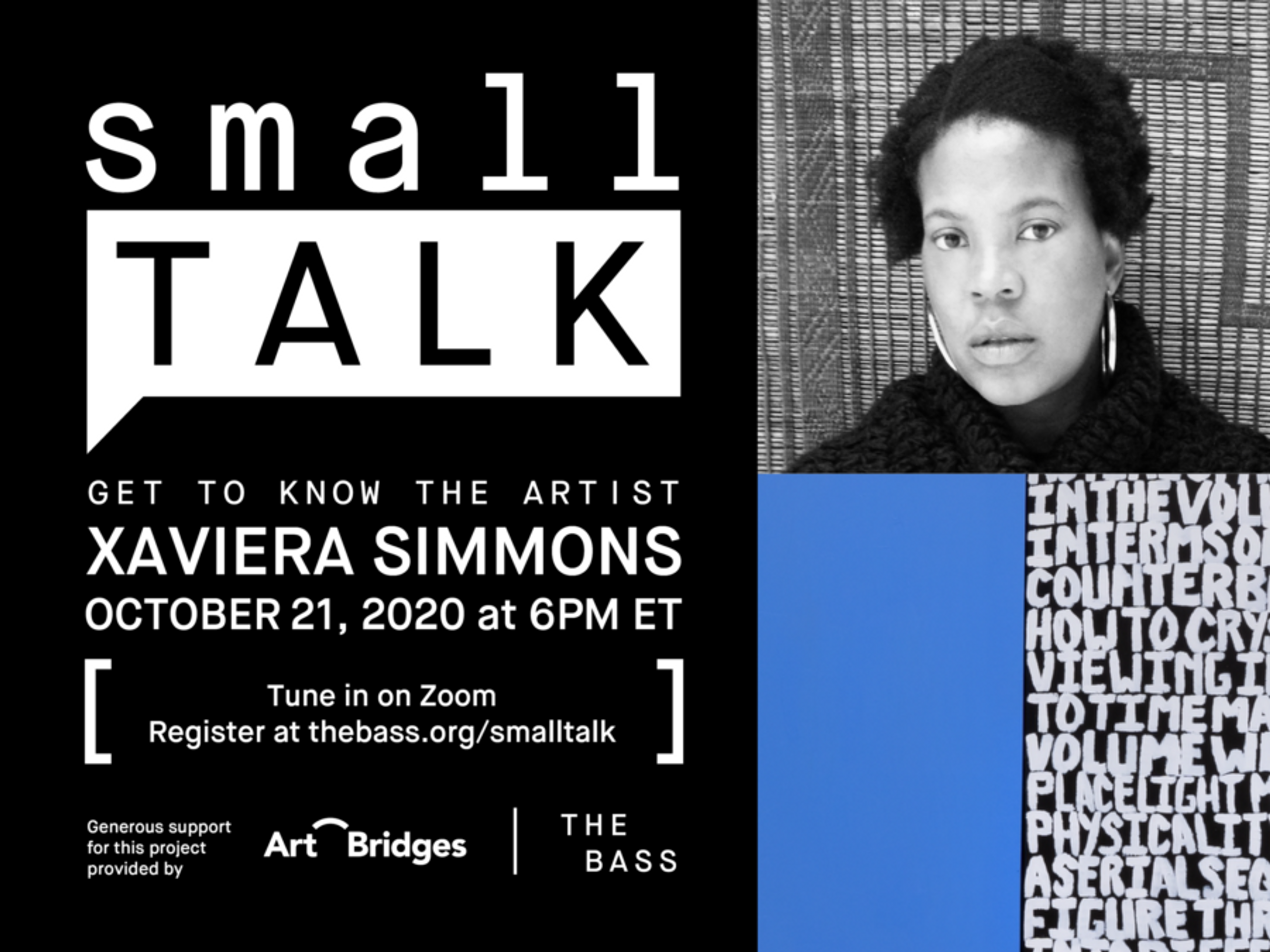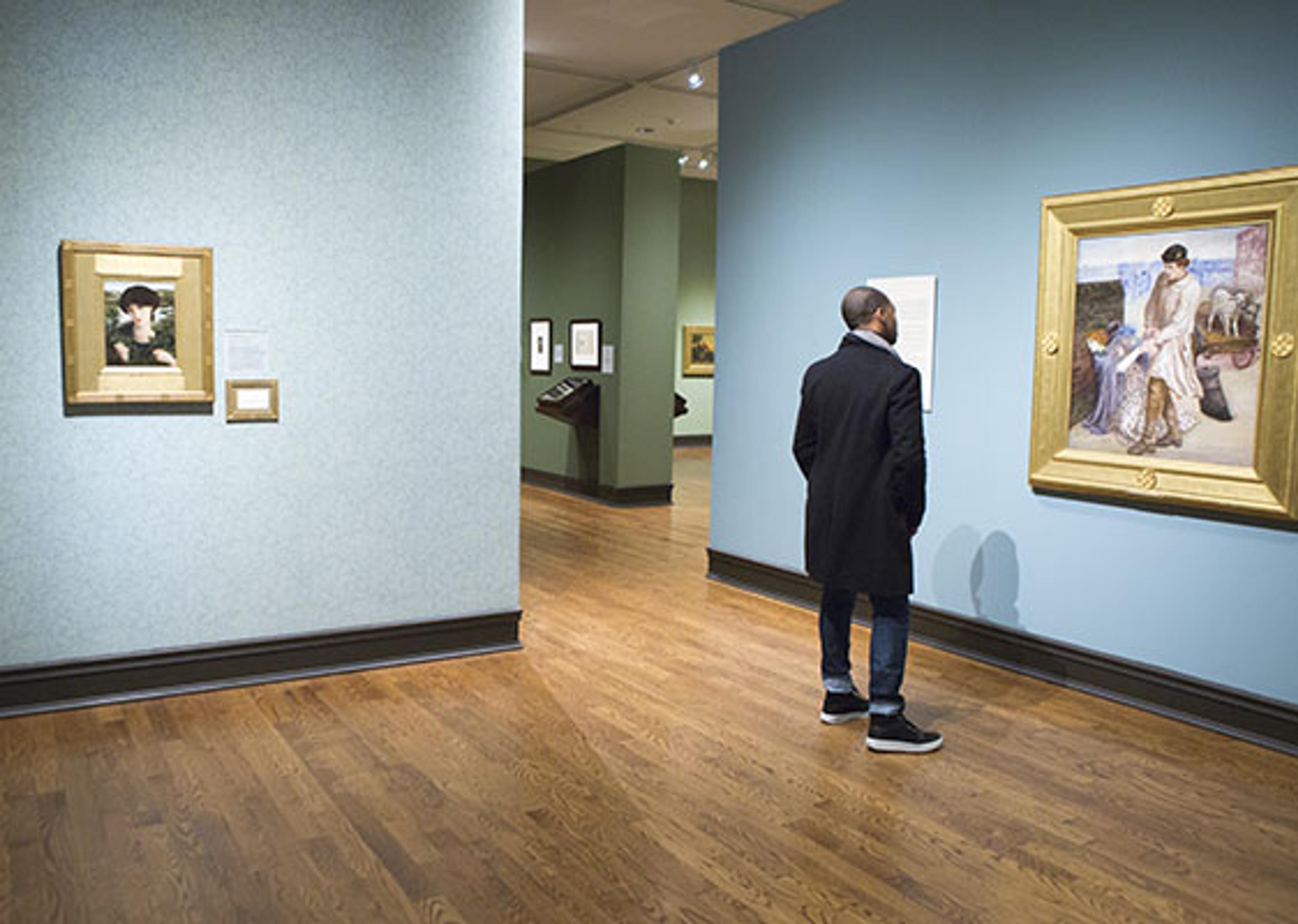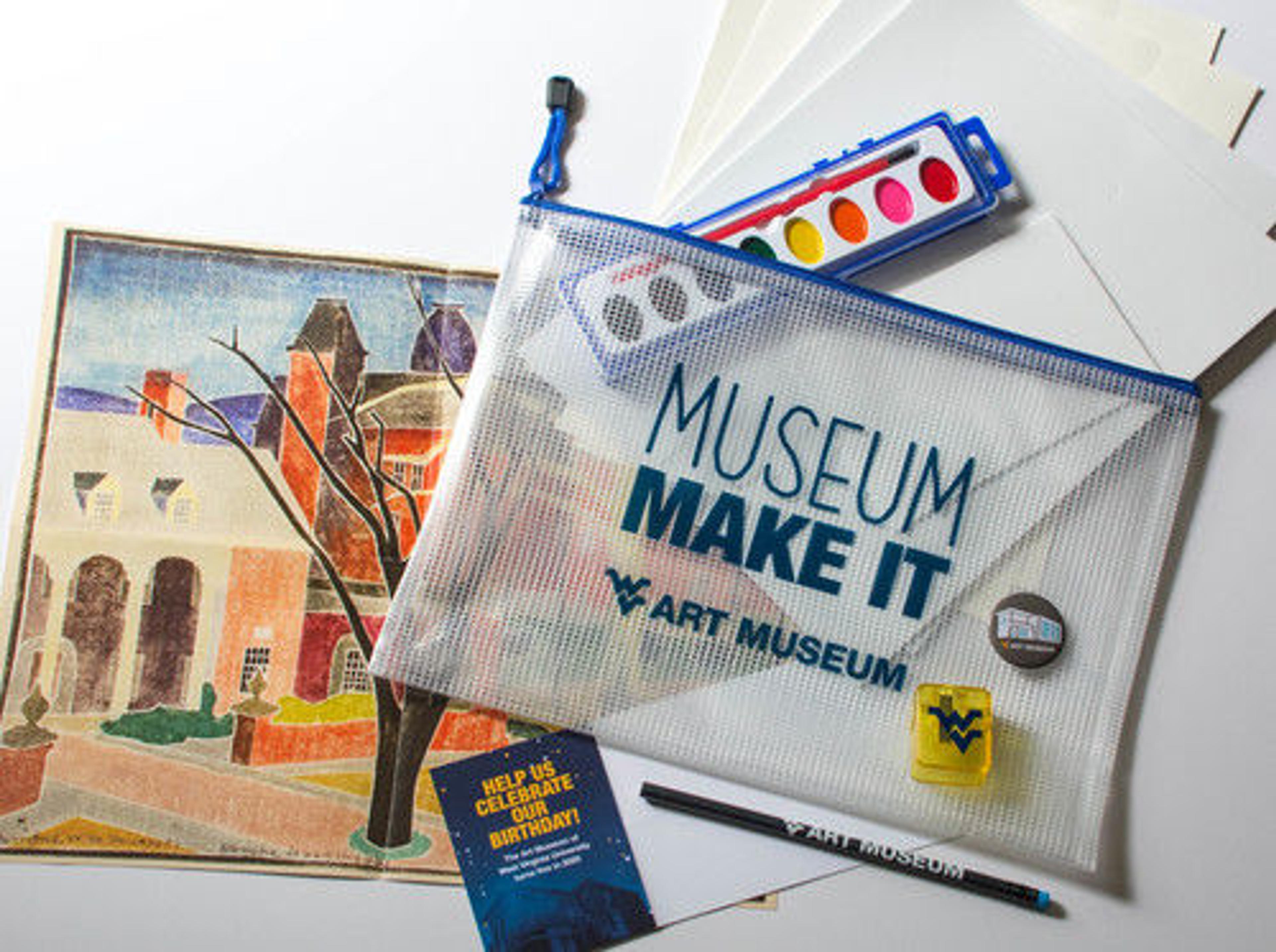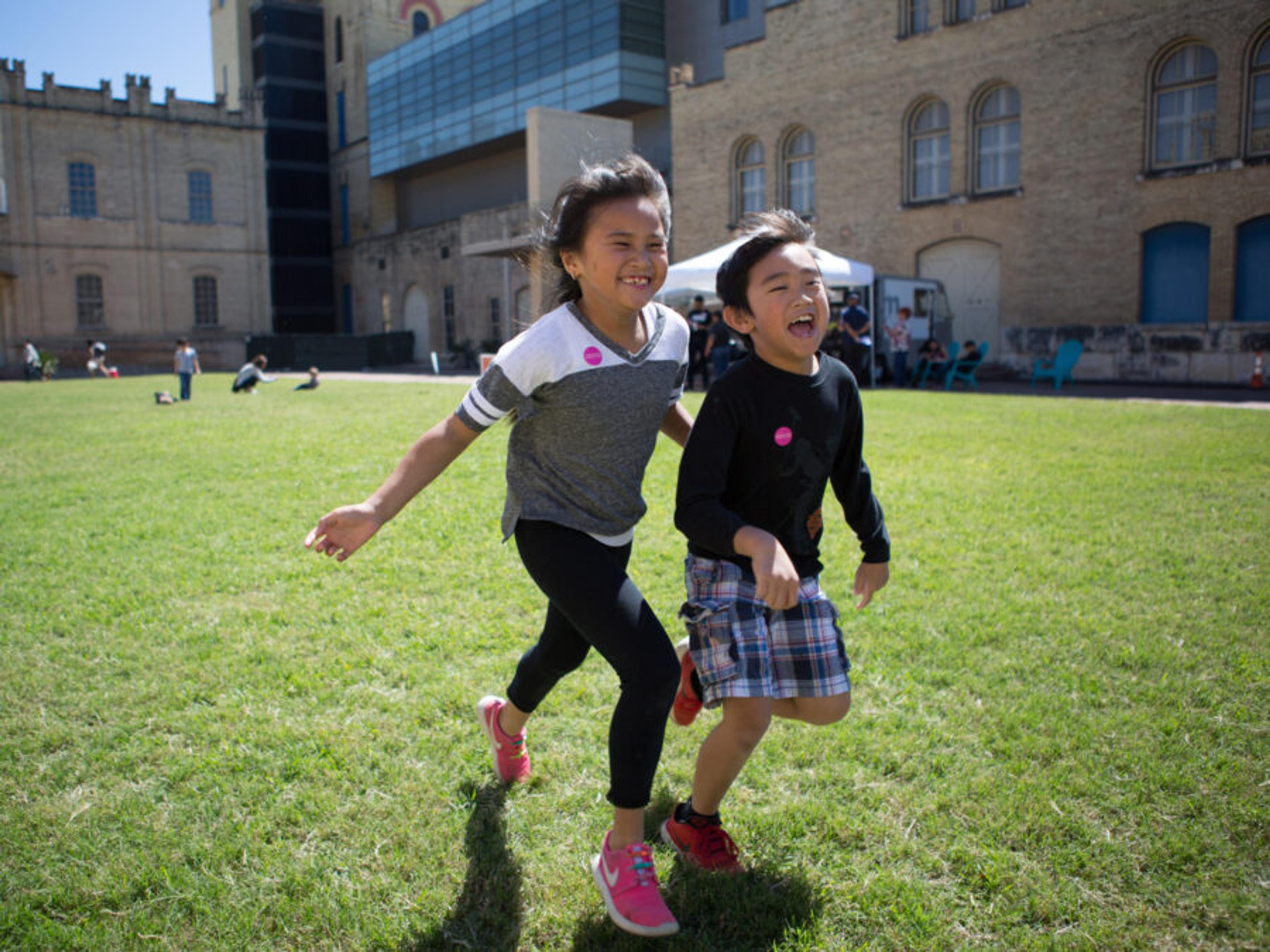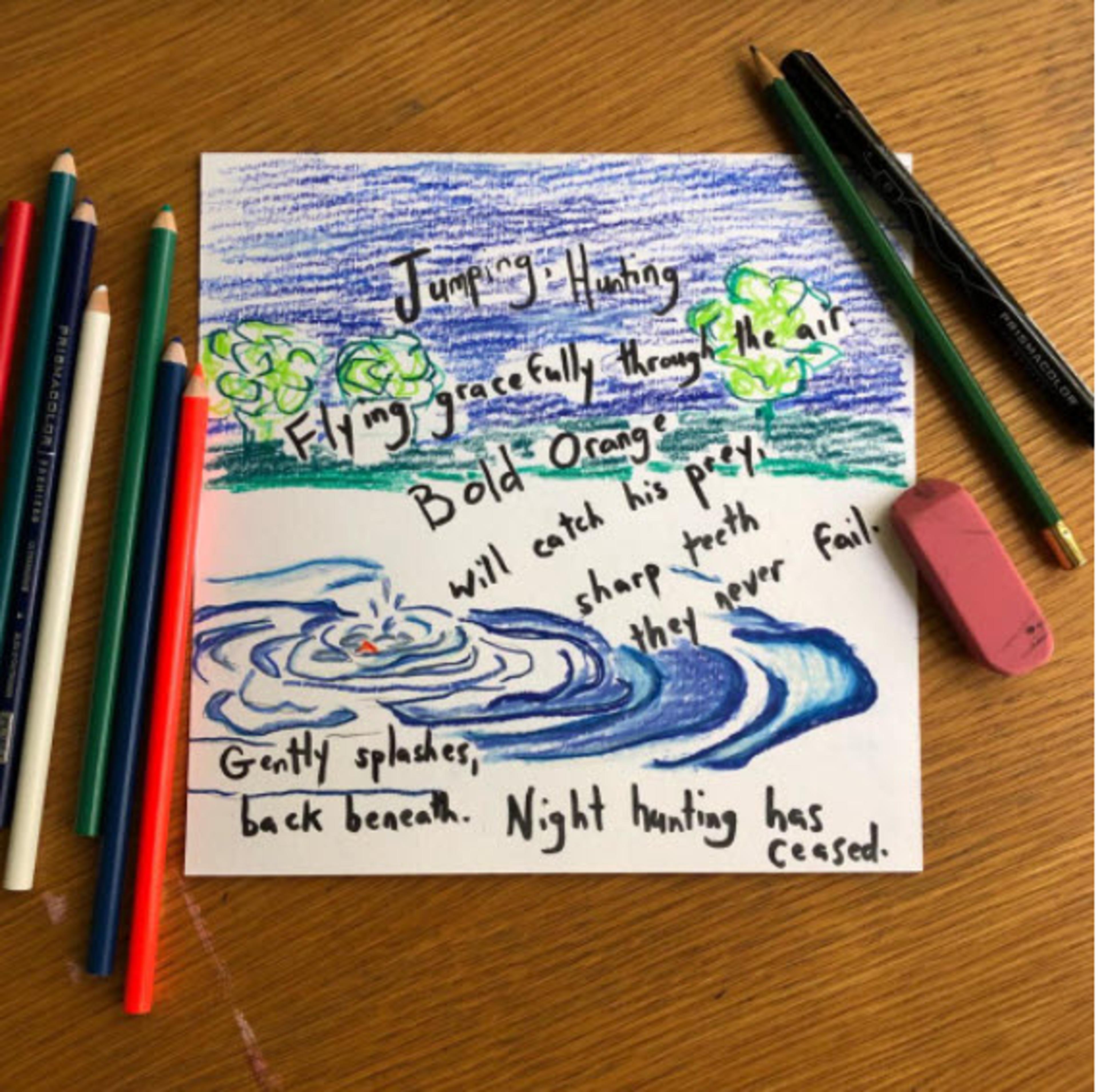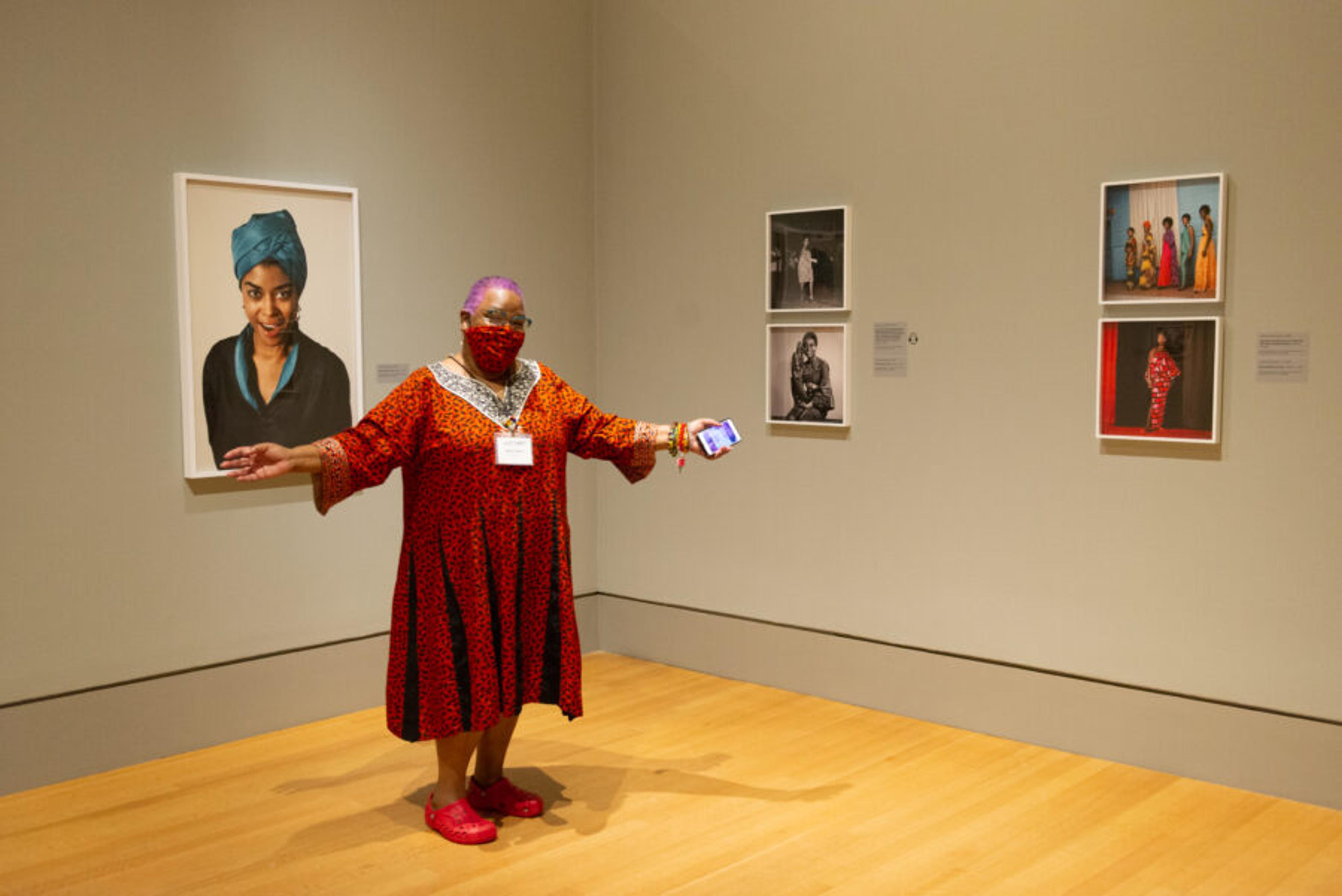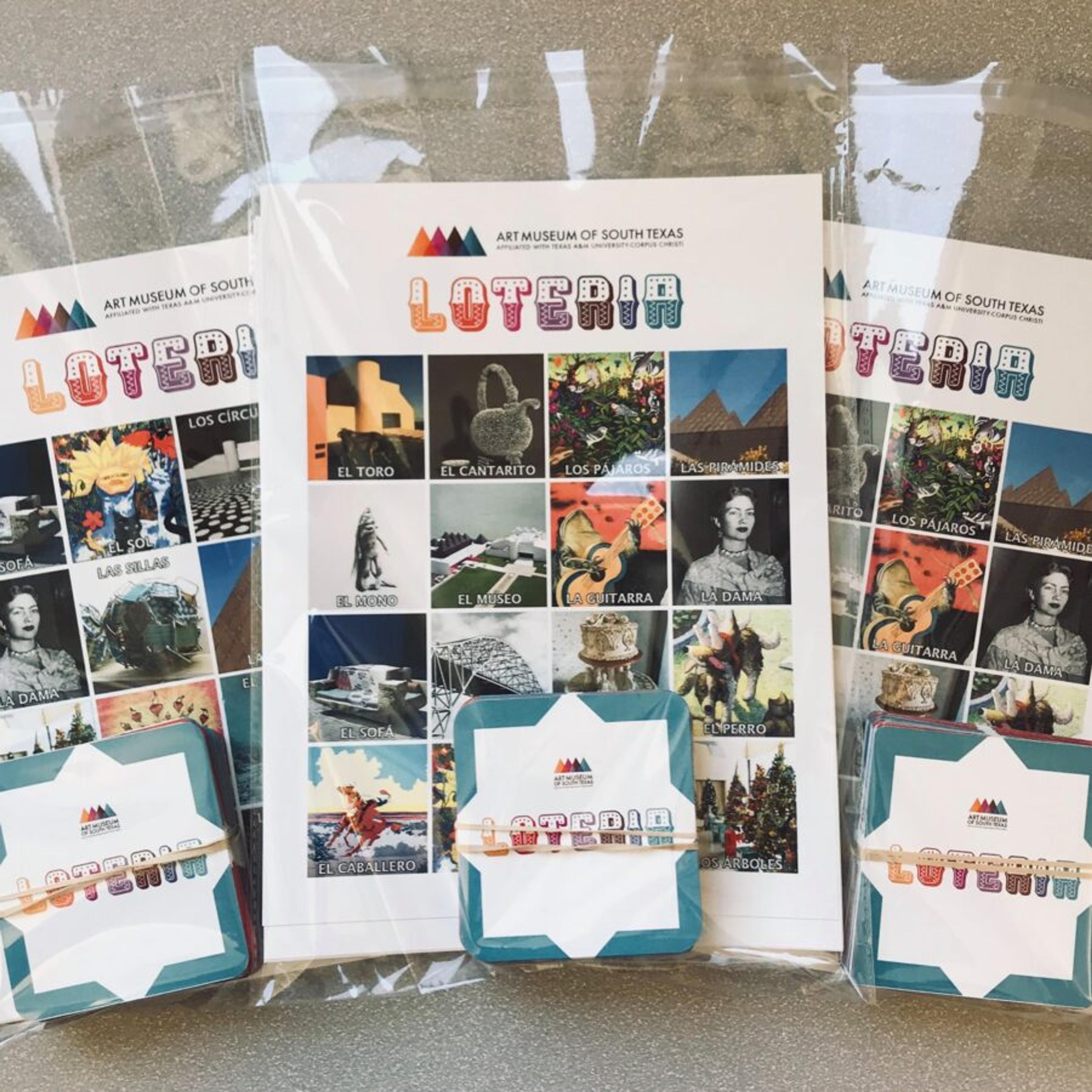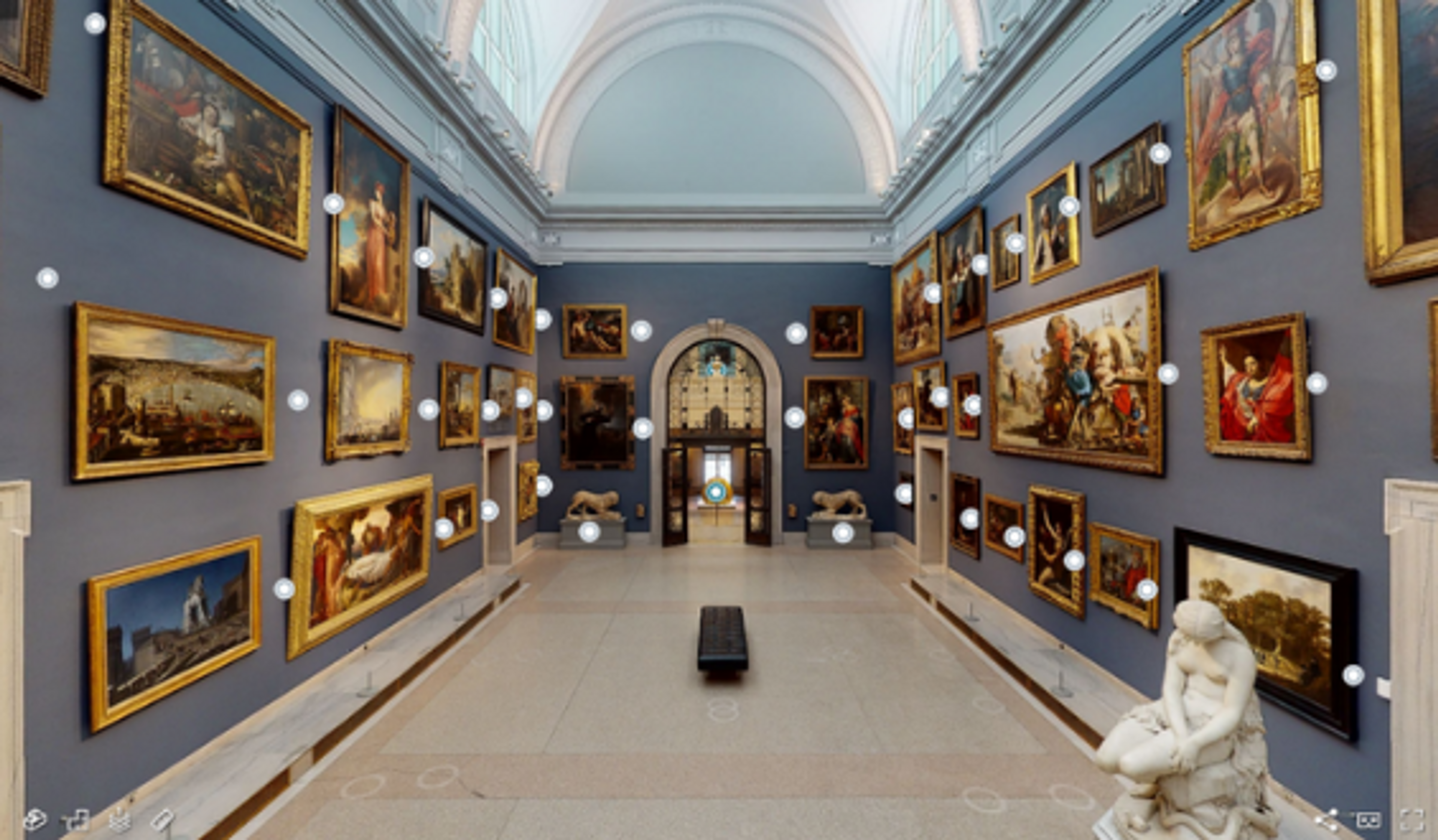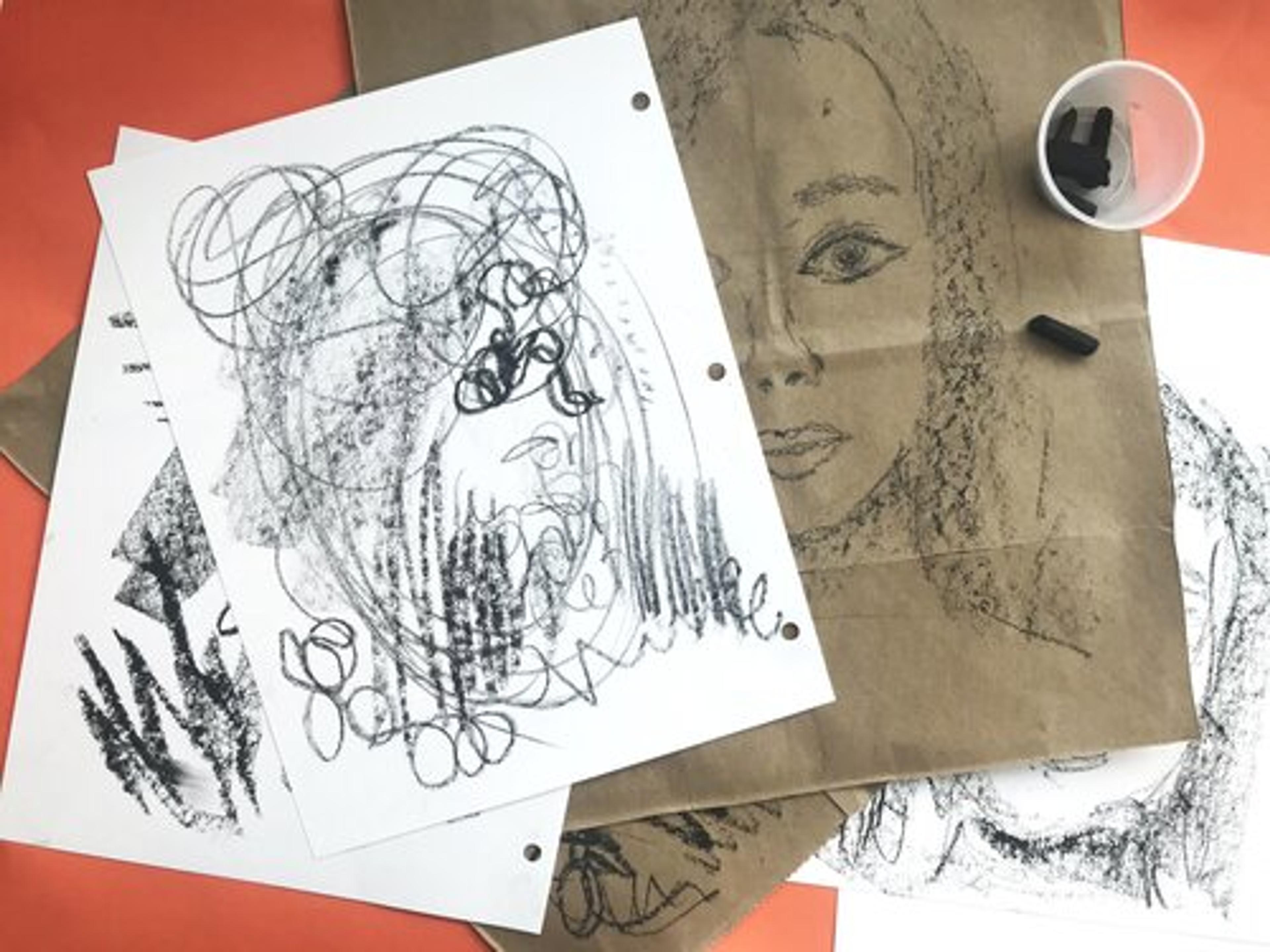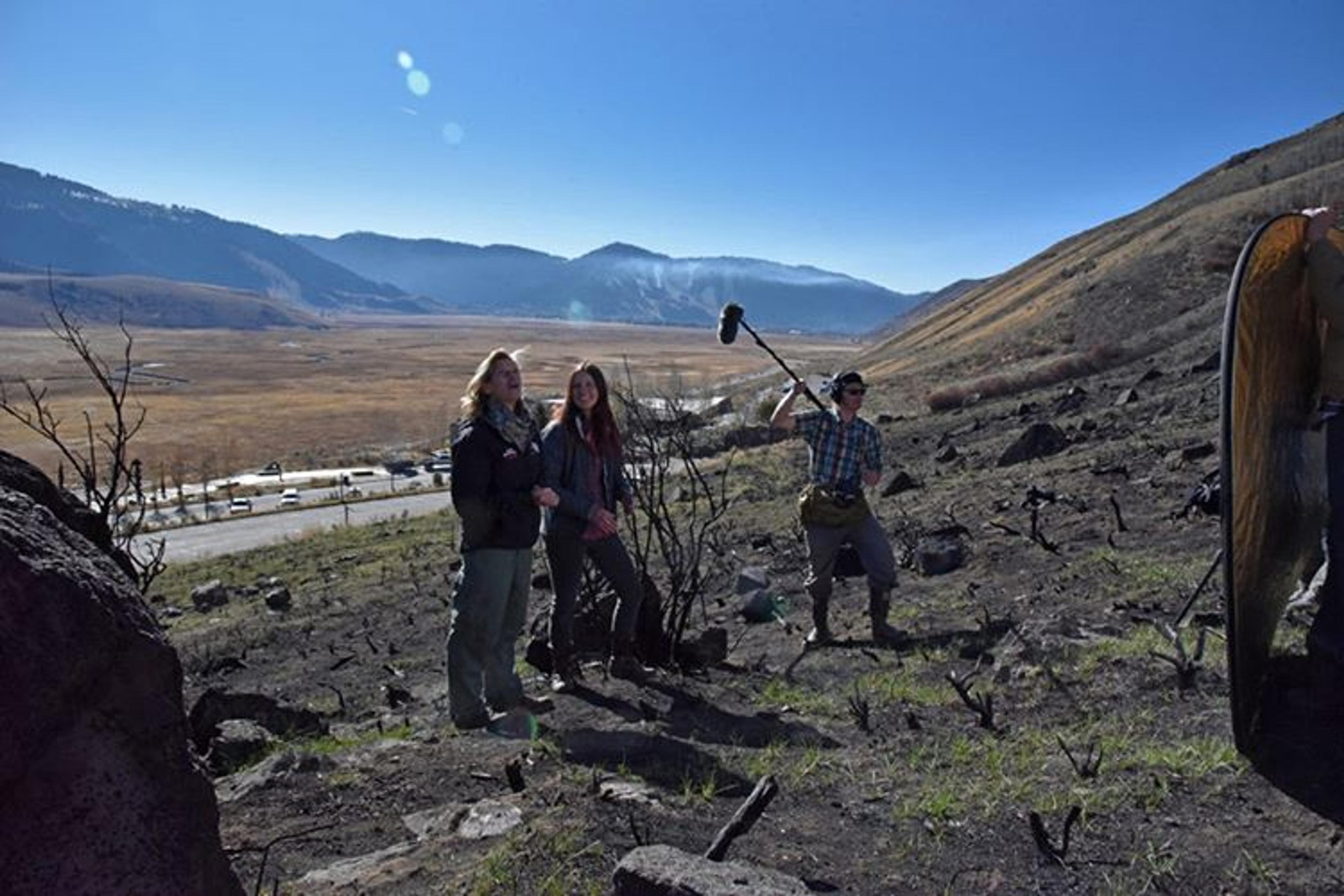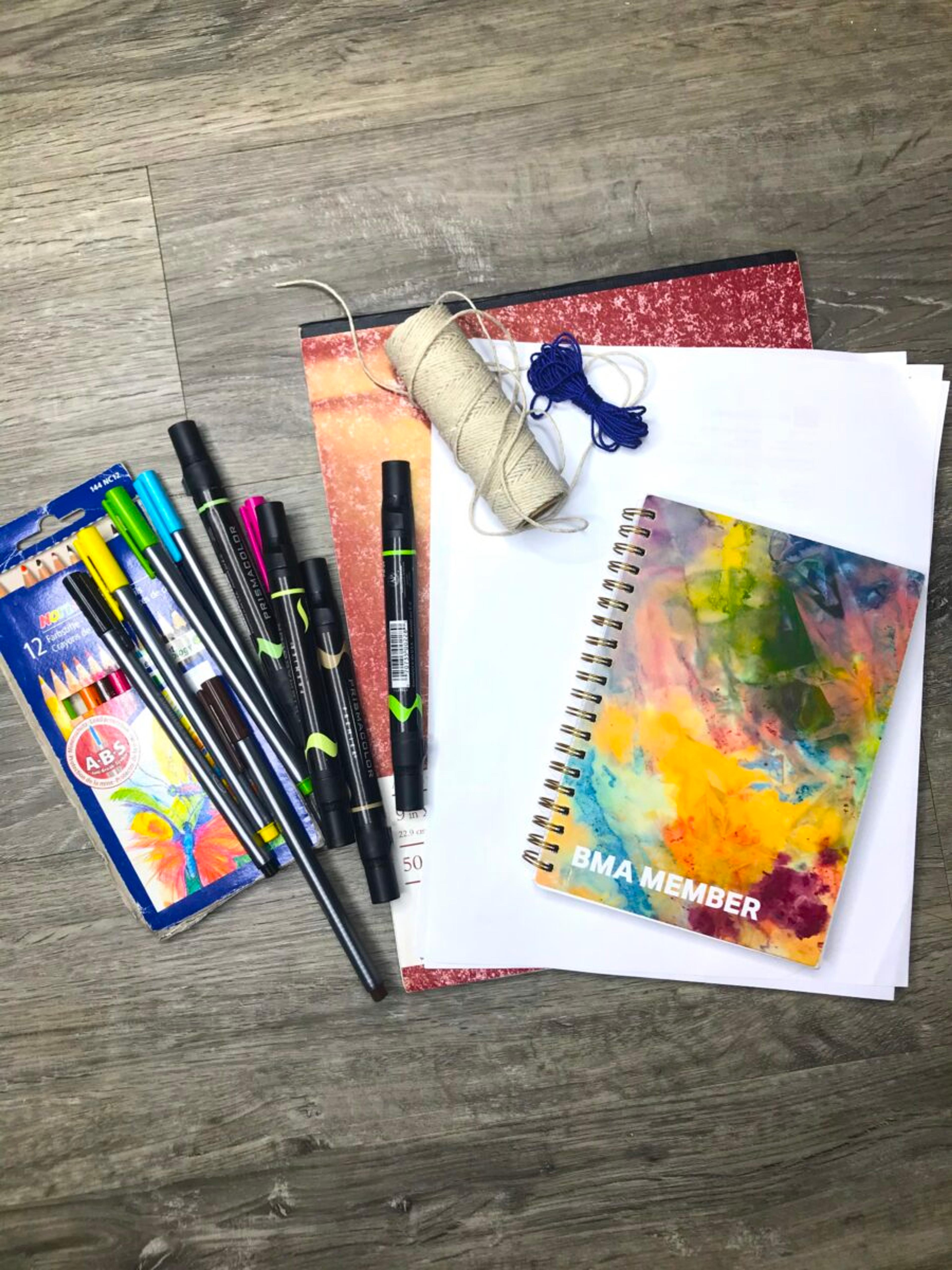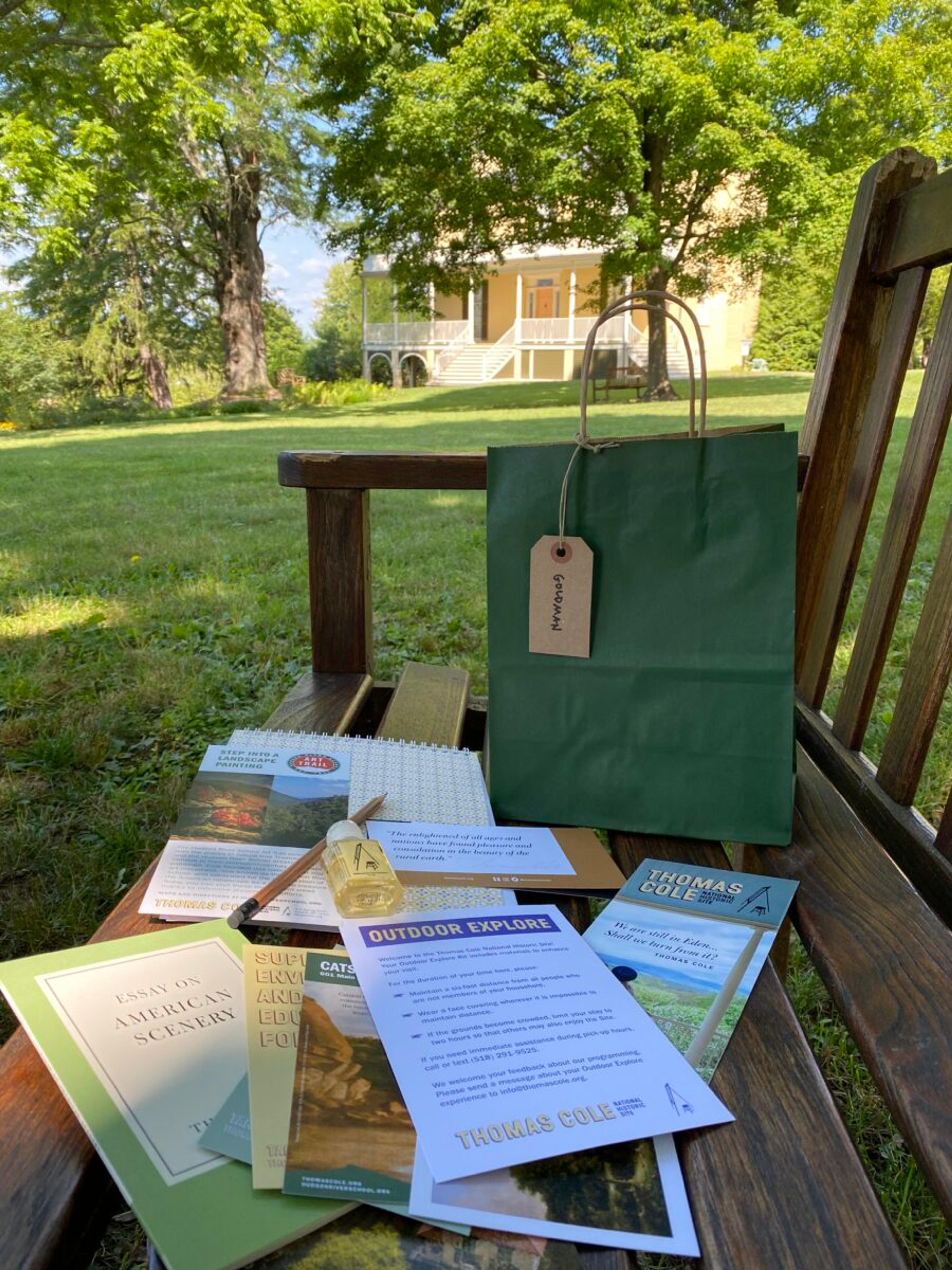The Bridge Ahead Initiative
Theater and art are in bloom at the Montgomery Museum of Fine Arts
To find an innovative solution to pandemic challenges, the Montgomery Museum of Fine Arts partnered with the (ASF) to bring to life a collection of centuries-old engravings from its permanent collection. Depicting scenes and characters from William Shakespeare’s plays, this suite of prints dates back over 300 years ago, when English civil leader John Boydell sought to bridge the worlds of the visual and theater arts together.
In the same spirit and with Art Bridges support, the Museum reproduced these works on large scale signs that include rich descriptions and the opportunity to listen to ASF actors perform audio selections that complement each image. Taking advantage of the blooming vistas of Montgomery’s Blount Cultural Park, each sign can be found punctuating Newell Lake.
Whether you’re a Macbeth fan, or just curious to take in the sights and sounds of spring, this free offering encourages guests to safely enjoy the Montgomery Museum of Fine’s collection in an innovative way. Weaving together the visual and performing arts into a multidisciplinary experience, the Museum proves with some ingenuity, learning can happen anywhere!
Building relationships while closed in New York City
Prior to the American Folk Art Museum’s temporary closure in March, the organization primarily offered its programs onsite. To continue meeting the interests and needs of all its visitors during the COVID-19 pandemic, the Museum shifted its series, , online.
Created for adults living with memory loss, their families and care partners, this interactive and discussion-based Zoom series brings the world of folk art to life through conversation. Offered in partnership with local non-profits, and , the series engages with a spectrum of arts offerings including an upcoming collaboration with members of the as part of its music series.
This free event includes a virtual concert where guests experience the soothing powers of music, and an opportunity to speak to the musicians after the performance. Engaging with the additional challenges of folks living with memory challenges during the pandemic, Folk Art Reflections encourages relationship building through the transformative power of the arts.
Finding new ways to connect in New York City
Facilitated by artists, educators and experts, Studio Lab presents immersive, multi-session courses that use the arts and cultural studies as jumping off points for cross-disciplinary explorations. In October, the Studio Museum in Harlem partnered with to present “Studio Lab: shades of blues“, exploring the intersections between the arts and sciences.
Over the course of the two-part program, including a and , participants unpacked the power, influence, and lasting effects of the color blue. This multi-sensory exploration encompassed experiencing the blues in relation to mental health, seeing the blues as a hue activated within the visual arts, and hearing the blues as a genre that gives voice to American and World culture.
Offered through the Museum’s and website, the program explored the sensory emotions associated with the term, and encouraged participants to understand the healing effect of the blues, both a timely and timeless practice.
Continuing to engage and inform audiences while closed in Utica, New York
In February 2020, the Munson Williams Proctor Arts Institute opened the centennial exhibition that examines how American women created their place and practices within the art community over the centuries.
This centenary presented the opportunity to not only celebrate women’s contributions to the expression of the visual arts, but also critically explore the limits of the Nineteenth Amendment through the Museum’s public programming.
With support from the Bridge Ahead Initiative, one such offering, examined the current struggles over the unresolved histories of racism and civil rights and the ways their unresolved histories continue to affect the health of African Americans and western democracy.
In addition to this lecture that unpacked some of the connections amongst gender, race and citizenship, the Institute also offered six additional conversations that considered women’s artistic practice and output which can be .
Connecting with kids and families remotely in Greensboro, North Carolina
While camp and usual summer activities had to be postponed for many, the Weatherspoon Art Museum embraced the possibilities of creating at home with its .
Inspired by various works in the Museum’s , each activity encouraged folks from grades K-12 to explore writing and art-making prompts. From May – August, the Weatherspoon added new projects including the Nick Cave-inspired, which encouraged critical thinking about the meaning and creation behind the artist’s Soundsuits.
Offering age-appropriate activities, each project PDF asked learners to practice close looking, imaginative writing, and curious collecting to ultimately design one’s own Soundsuit. Participants were then invited to share their works on social media and explore the countless stories one can tell through every day, found objects. Support for this project was provided by the Bridge Ahead Initiative.
Encouraging kids to get creative outdoors in Muskegon, Michigan
Embracing warm summer weather and the possibilities of safe social distancing outdoors, the Muskegon Museum of Art captured the spirit of the season and encouraged free-choice learners to get outside and chalk!
Drawn from works in the , and with support from the Bridge Ahead Initiative, helped participants create, dream and explore on sidewalks, streets and driveways through chalk and big imagination. The museum store provided one free bag of chalk per child.
Inspired by contemporary artist Aminah Robinson’s process of using art to tell stories from her community, the activity, Timelessness of Life: Pages in History asked to recreate one’s neighborhood and share your snap on social.
This, among other outdoor activities, demonstrated to guests no matter where you go, you can always take the Muskegon with you.
Going virtual to stay connected in Cooperstown, New York
To continue serving their community during COVID-19 closures, the Fenimore Art Museum developed a number of new virtual online experiences via their , and channels.
With support from the Bridge Ahead Initiative, the museum’s initiative provides glimpses of new exhibitions, collections and programs, with programming for audiences of all ages. These virtual experiences include performing arts, children’s programs, exhibition-related information and more.
One such Facebook post, , explores the practice of Art Therapy. Readers follow the daily routine of an Art Therapist, and see examples of therapy activities using an artwork in the Fenimore’s collection.
These virtual experiences have allowed the museum to remain engaged locally while expanding their reach to a worldwide audience.
Adapting to COVID-19 restrictions to serve their rural community from Billings, Montana
Located in the center of Montana, the Yellowstone Art Museum (YAM) quickly realized that the bright side of adapting to COVID-19 restrictions is that they can better serve their far-flung rural audiences by going digital.
Funding from the Bridge Ahead Initiative helped to take the museum’s digital content to the next level and allowed them to engage virtually in new ways. YAM utilized Bridge Ahead funds to purchase audio and video equipment, and software to create a . They also combined their new technology with Zoom and Facebook Live to reach multiple audiences through guest interviews and demonstrations.
The need to continue physical distancing into an unknown future has taught the Yellowstone Art Museum to look at audience engagement in a new way, and their increased online presence helps them to maintain relevance in their community during a time of isolation for many. virtually walks through the Matriarchs of Modernism exhibition.
Connecting the Chattanooga community to creativity, knowledge, and ideas
The Hunter Museum of American Art was one of many community resources in Chattanooga that closed at the start of the pandemic. The Museum’s closure along with schools and community centers left a resource vacuum for the city that required flexibility and innovation to fill.
Thanks to Bridge Ahead Initiative funding, the Hunter launched their “” online portal to offer art activities, collection highlights videos, gallery performances, and virtual field trips for youth and families in their community.
With Bridge Ahead support, the Hunter created new avenues for these audiences to engage with the permanent collection that will live beyond their COVID-19 closure, including more opportunities to learn about artists, their practices, and their lives. Key partnerships with emerging local musicians and visual artists from diverse backgrounds also helped the Hunter to connect with online audiences and support Chattanooga’s local arts community during a period of uncertainty.
Finding new ways to engage children in arts-based learning in Katonah, New York
At the Katonah Museum of Art (KMA), finding new ways to engage children in arts-based learning is important. As a result of COVID-19 related closures, this interest took on new urgency as families, community organizations, and schools searched for ways to provide creative outlets and learning opportunities for children.
Before closing, KMA Education staff led a 10-session in person version of ArteJuntos/ArtTogether for 85-100 families per year. The bilingual arts based program introduces low-income, educationally at-risk preschool children and their families to the museum as a resource for learning, discovery and creativity.
With support from the Bridge Ahead Initiative, KMA worked with community partners to distribute and with art supplies, projects, and books to approximately 350 families in the ArteJuntos/ArtTogether program.
Engaging the Latinx community with bilingual (Spanish/English) K-12, university, and family programs
One of the most vulnerable groups affected by COVID-19 in the Jordan Schnitzer Museum of Art (JSMA)’s city is the Latinx community. Funding from the Bridge Ahead Initiative helped expand the JSMA’s engagement with Latinx organizations and bilingual (Spanish/English) K-12, university, and family programs.
An example program Art Bridges was able to support is the a seven-year-old program which formerly met monthly at the museum to bring together twenty mothers and children whose first language is Spanish. Participants express their creativity while learning and working on art activities. All instruction is in Spanish.
Support from the Bridge Ahead Initiative specifically helped to virtually re-activate the Madres Club and bridge the digital divide among members. The distribution of art materials and tablets with Wi-Fi followed by virtual art activities led in Spanish reinvigorated members and reduced barriers to participation.
Expanding their audience with a new online program series
Before COVID-19, The Museum of the African Diaspora (MoAD)’s audience was largely drawn from the nearby San Francisco area. During the past several months, MoAD has experimented with unique virtual programming to great success, reaching audiences from all over California, the nation, and the globe who are looking for a connection with Black Art & Culture.
Funding from the Bridge Ahead Initiative supported MoAD in the presentation of nine free online program series, only two of which existed prior to the quarantine. People from more than a dozen countries, including Ghana and South Africa, have connected with artist studio tours, art classes, film screenings, poetry events and more.
For a museum of the African Diaspora to finally be available to people in the continent, this opportunity signals a moment of expansion and opportunity. MoAD is looking forward to continuing to offer free online programming through this period of forced closure and beyond. Programs have included , and .
Creating access to museum experiences and their collection while their doors are closed in Bellingham, Washington
The Whatcom Museum has created while doors are closed during COVID-19. Enabling better access to the permanent collection has been a long-term goal of the museum, made even more urgent by the pandemic as the digital world has become the primary means of connecting with audiences.
Funding from the Bridge Ahead Initiative has allowed the Whatcom to engage visitors in contributing to an audio archive inspired by StoryCorps. Online visitors are prompted to record a short story, recite a poem, sing a song, or share spoken words reflecting on questions related to perceptions of place. Each recording becomes available to anyone with internet access through the museum’s SoundCloud playlist.
With almost 40 recordings uploaded so far, his project keeps audience connected to the Whatcom Museum and to each other through the common themes explored in 3 minute sound bites of creative expression.
Creating digital access to their collection in University Park, Pennsylvania
The Palmer Museum of Art’s two main goals during the COVID-19 closure were to:
- Provide inspiration for creative activities offsite
- Encourage community members to stay connected to the museum through social media
To reach these goals, museum staff and University students presented the . Penn State student interns created nine videos. Each one highlights an artwork in the museum’s collection. A brief introduction to the work is followed by a creative prompt encouraging participants to explore art making through simple sketchbook activities.
Videos were created for summer 2020 programming and will remain throughout the current academic year to support teachers, families, and anyone else looking for creative inspiration. You can follow the hashtag #palmersketchbooks on Instagram to see what people have created over the past several months.
Expanding access to an extensive collection in Traverse City, Michigan
Stewarding one of the largest and most comprehensive of Inuit art and research catalogs in the United States, Dennos Museum Center is working to expand virtual access to its collections.
By digitizing their extensive holdings and creating a new online database portal, the museum hopes to broaden access and understanding.
Their collection includes more than 1,600 works from master artists, including Kenojuak Ashevak, Annie Pootoogook, and Jessie Oonark, whose work express the culture and experiences of the Inuit people—past, present, and future.
Creating digital access to an iconic property in Hudson, New York
Working while the museum is closed, Olana State Historic Site has conducted the first high quality, comprehensive photography of the architecture, decorative arts and fine art collections of Olana’s Main House. This work serves as a resource for developing digital projects during this time and for years to come.
Like many historic properties whose spatial constraints make it difficult to reopen, Olana will use their to create access to the Main House’s renowned collections and historic interiors while closed. Architectural photographer Peter Aaron’s documentation of Olana will join complimentary records from the 1880s and 1960s, as well as the first-ever 360-degree imaging of the interiors.
Creating equitable access to art in Greensburg, Pennsylvania
When COVID-19 struck, The Greensburg community was already working hard to revitalize the community after the steel bust. The Westmoreland Museum of American Art stepped up immediately to help the community heal from both catastrophes.
They quickly pivoted to create virtual content, while also coming up with ways to reach their audience members who do not have access to a computer and/or the Internet! Their primary goal during closure was to continue to provide students with equitable access to high quality art materials and lessons.
The Museum’s studio art classes, for children ages 7-10, transitioned online. Museum staff put together art kits for each project and mailed them to registered students. Recordings of the class were provided for those who could attend live, and shared later with those who were unable to attend.
Online performance of poet Ann Caldwell during COVID-19 closure.
Committed to honoring the power of art and the deep roots of its community since its founding in 1905, the Gibbes Museum of Charleston, SC knows that meaningful art experiences “inspire our imagination, heal our hurt, and nourish our souls.”
This is especially true of the museum’s recent collaboration with poet Ann Caldwell, in the performance of her most recent work, “Exodus: Bound for Freedom.” Presented via video during the time of COVID-19, “Exodus” is an offering to the Ancestors of the Middle Passage, honoring their journey from slavery to freedom through song, spoken word, and artwork from the Gibbes Permanent Collection.
Rethinking ways to connect with community in Lancaster, Pennsylvania
While Demuth Museum visitors keep their distance under business closures in Lancaster, PA, the museum’s Painted Panes program presents an inventive solution for forging curb-side connections with the community.
Contracting with two local artists (Gerri McCritty and Brant Schuller) to create original, site-specific works of art in windows at the Demuth Museum and Lancaster Museum of Art, the museum found a new way to connect with pedestrians and motorists passing by their facility. The pieces bring the creativity within both closed museums out into the open once again, creating a positive and hopeful atmosphere.
Creating connections in Miami Beach, Florida
Since its inception, , Miami Beach’s contemporary art museum, has sought to create connections between international contemporary art and its diverse audiences. While this has proved difficult throughout the pandemic, it also presented the opportunity to re-think how the Museum engaged with the community.
Launched in October, Small Talk brings audiences together virtually through informal conversations with artists whose work is on view in the Museum. Expanding the Bass’ geographic reach and impact, the program introduces the voices and minds behind some of Collection’s highlights including that of artist Xaviera Simmons and artistic duo Allora & Calzadilla.
At no cost to viewers, Small Talk complements , a space of free, art-filled educational resources for lifelong learners at home.
Enhancing galleries in Wilmington, Delaware
Thanks to the Bridge Ahead Initiative, admission to the Delaware Art Museum now includes an audio tour of the museum’s permanent collection. Museum guests can access the tour using their personal smart phone to scan QR codes in the galleries, or by checking out an audio wand from the museum’s front desk.
The audio tour includes 27 stops, mixing voices and personal reactions from a diverse group of community members. It has provided visitors an opportunity to learn about the museum’s collection while in-person guided tours are suspended.
BAI funding also allowed for replacement of headphone cushions, keeping them sanitary for guests.
Connecting with community in Morgantown, West Virginia
Using funds from the Bridge Ahead Initiative, the Art Museum of West Virginia’s Educational Programs Manager Heather Harris put together more than 1,000 white-line printmaking kits featuring American modernist Blanche Lazzell. The kits were distributed to every fourth-grade student in Monongalia County.
“We decided to feature Blanche Lazzell because she is a West Virginia artist, and her work and life are directly relevant to our community,” Harris said. “For example, I had to drive right by her family’s farm on my way to deliver kits to Mason Dixon Elementary School.”
Bridge Ahead Initiative funds have also been used for:
- Welcome kits for freshman in WVU’s College of Creative Arts.
- Zoom webinar licensing, software and equipment
- Resources for area teachers, including a specialized camera to create a 3D virtual tour of the galleries
- Support for an I Am Brilliant event with WVU’s LGBTQ+ Center in tandem with National Coming Out Day on October 11
Focused on digital access in San Antonio, Texas
When the San Antonio Museum of Art closed to visitors in March, it quickly saw the need to move and create educational resources and public programming to its website. From offering online bilingual family tours to online poetry events to educator workshops, the museum engaged educators, families and free choice learners alike to interact and explore its collection virtually.
Although the Museum re-opened in May, it has continued to deepen the breadth and depth of its engagement resources and understand this virtual programming investment as a long-term one for its community.
As barriers to accessibility will continue to be a challenge after the pandemic, the museum continues to see itself as a space for conversations and deep thought on the benefits of art and the humanities through digital media.
Supporting summer camps and improving digital access in Montgomery, Alabama
In dealing with the closures during the COVID-19 pandemic, the Montgomery Museum of Fine Arts quickly realized the need to update its website and to provide digital access to MMFA’s galleries.
BAI funds allowed the museum to purchase three iPads and accessories in order to film virtual offerings. They also were able to redesign and update their to better engage visitors online and be easier to maintain.
The museum purchased book club materials for a monthly reading group about art. Three discussions were filmed and posted on youtube: , and . They also used BAI funds for their Safer at Home Summer Camp, where at-home art activities with recorded video lessons were supplied for residents of and . The camp served kids ages 6 to 12.
Reaching a global audience from Columbia, South Carolina
The Columbia Museum of Art has expanded audience engagement during the COVID-19 closure using safe and innovative virtual means.
With support from the Bridge Ahead Initiative, CMA launched its earlier this summer. This series of virtual programming featured at-home activities, lectures, poetry, and behind-the-scenes content. The platform worked to engage audiences with arts and educational content.
In addition, the museum was able to purchase technical equipment and resources and improve the quantity and quality of virtual content. This content has allowed the museum to expand it’s viewership to a global audience and to connect locally with teachers and students.
Finding new ways to connect and keep art fun in South Texas
The Art Museum of South Texas (AMST) has worked to keep their community engaged through the COVID-19 pandemic of 2020. In an effort to keep art fun, the museum has created AMST Lotería games. The game packets have been provided to area assisted living centers so residents can enjoy this traditional Mexican card game.
In addition, the museum created a where visitors can download printable game sheets and Lotería cards online. Those playing the online version of the game are instructed to use the digitally shuffled cards at the bottom of the web page to play.
Lotería is a traditional Mexican game of chance similar to bingo using images on a deck of cards.
Improving digital access while closed in Hartford, Connecticut
As the United States’ oldest continuously-operating public art museum, the Wadsworth Atheneum Museum of Art has long believed in inspiring experiences with its collection, which its newly launched virtual tours make possible.
As part of its partnership with Art Bridges, the Wadsworth sought to redesign its website to facilitate better navigation and accessibility of its online programs. As part of this digital suite, its virtual tours allow guests to self-navigate through five permanent collection spaces, including its beloved Morgan Great Hall.
The Hall’s tour captures the experience of visiting its three-story high gallery, which includes its soaring walls and up-close, 360 degree views of some of the Wadsworth’s most famed works. Enjoyed by both local and a global audiences, the tour has performed strongly on the Museum’s social platforms and is critical in keeping the public connected to its collection.
From the curious child to the seasoned researcher, the tours not only seek to activate the galleries, but give the opportunity for everyone to participate in the life of the museum wherever they call home.
Finding new ways to stay connected from Seattle, Washington
Before reopening on November 5, 2020, the Frye Museum had been closed for almost eight months. During this time, the museum worked to stay connected to their community online, including launching a new Frye From Home website.
Thanks in part to funding from the Bridge Ahead Initiative, Frye Museum launched Frye From Home on March 23rd. The site includes a wide range of arts related content, including virtual tours, art projects, guided artwork discussions, and more. Content is divided into Watch, Make and Read sections.
The museum faced financial hardship through the pandemic, slowing their ability to provide remote programs and post regularly to social media. The new site allowed them to share content from a central resource and remain in contact with the community.
Expanding digital offerings and reopening safely in Jackson, Wyoming
The National Museum of Wildlife Art has expanded their digital offerings to remain in touch with audiences during the pandemic. Funds from the Bridge Ahead Initiative supported the development of eleven educational Zoom webinars, new and enhanced bilingual mobile tours (via the ) and .
In addition, the museum premiered its educational video series, , on YouTube. Bisoncast reaches a global audience online, promoting intellectual access, equity and inclusion.
Phase two BAI funds were used to help the museum reopen after a two-month closure. In addition to a “Welcome back” ad campaign, funds were used to purchase plexiglass barriers, face masks, hand sanitizer stations, floor decals and signage.
Connecting with families digitally while closed in Baltimore, Maryland
The Baltimore Museum of Art reopened on September 16, 2020 after being closed for six months. During this time, the museum developed resources to serve members of the community remotely, including educators and families.
Thanks to Bridge Ahead Initiative funding, the museum developed a “Free Family Sundays at Home” program. This art program provides free art making kits, filled with art supplies and resources. Kits were distributed each Sunday afternoon at the museum. The kits have also been distributed at a BMA branch location each Friday.
Free Family Sundays at Home kit projects have included coloring sheets, watercolor dye making, handmade bead crafting, creating an art installation and more.
Rethinking the visitor experience in Catskill, New York
While the Thomas Cole National Historic Site has closed its buildings during the COVID-19 pandemic, the grounds remain open. At the beginning of summer, audiences were invited to experience a new way to visit the site with Outdoor Explore Kits including outdoor guided tours.
The outdoor tours allow guests to join a Museum Educator for a 45-minute introduction to Thomas Cole, his home and studios, and his inspiring view of the Catskill Mountains.
Kits are available in “Basic” and “Family” versions and are filled with an itinerary and activities to support an extended visit to the site.
